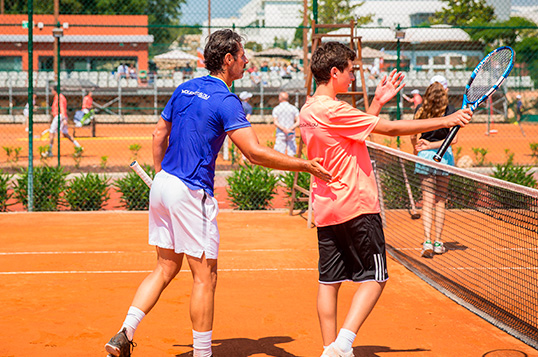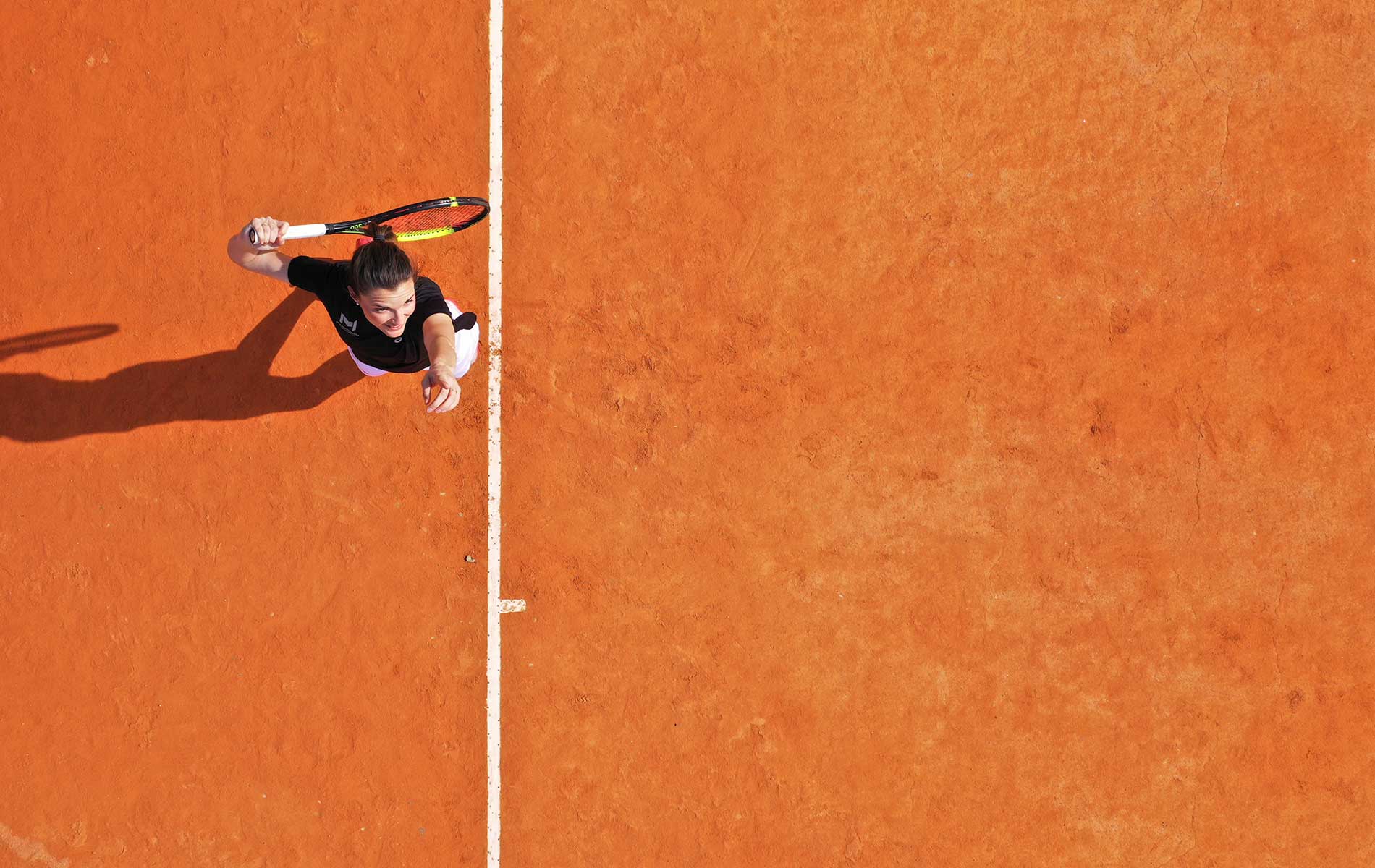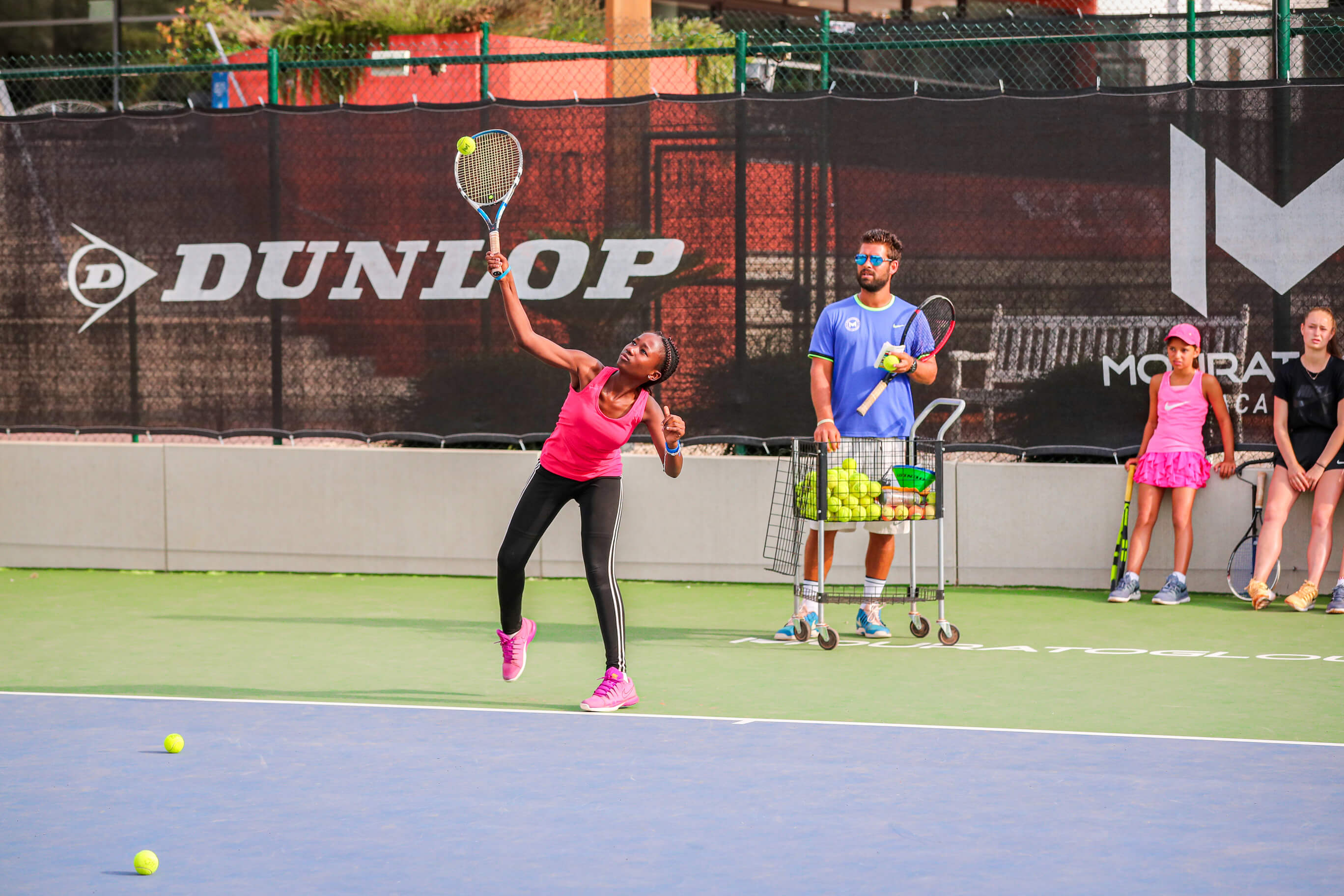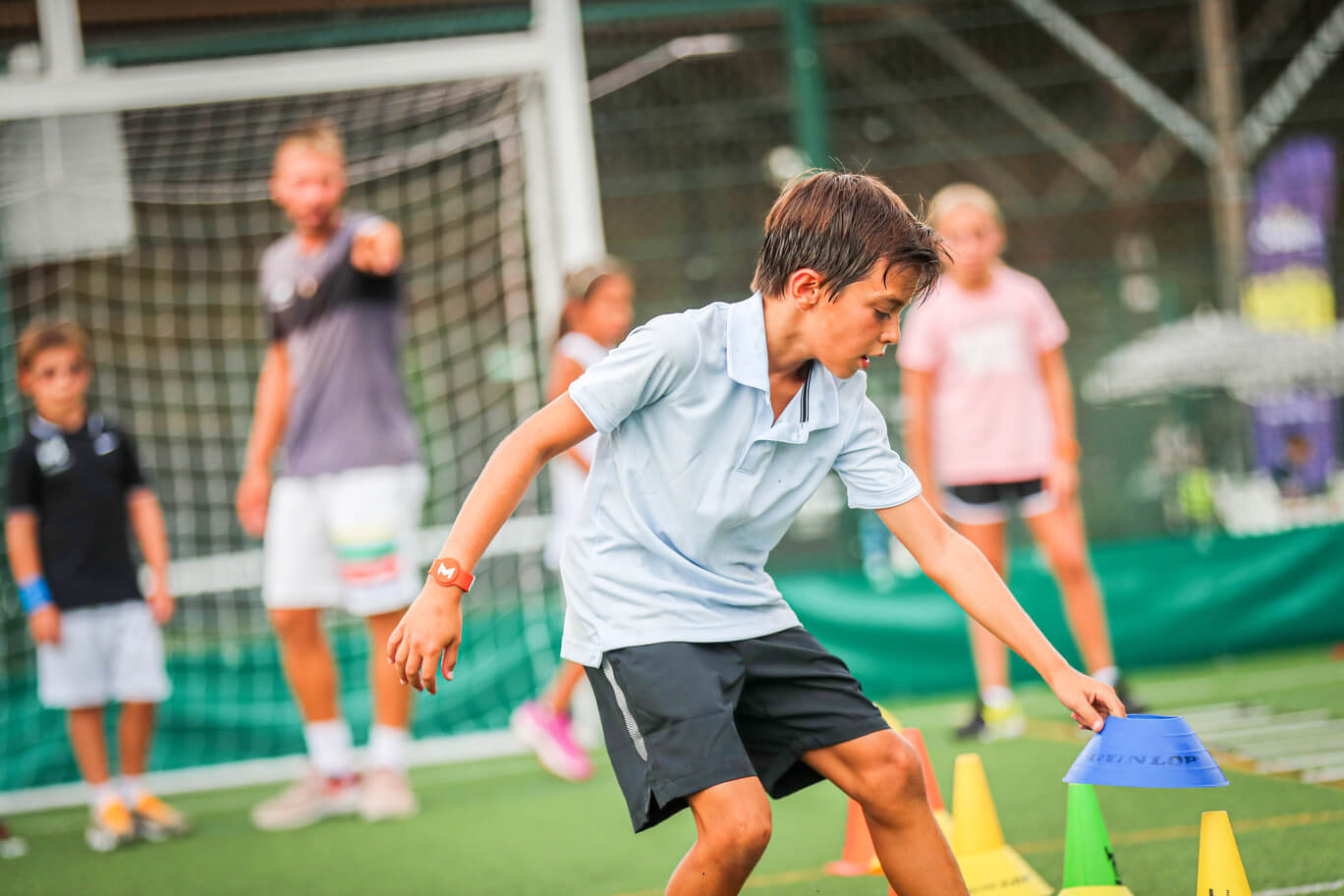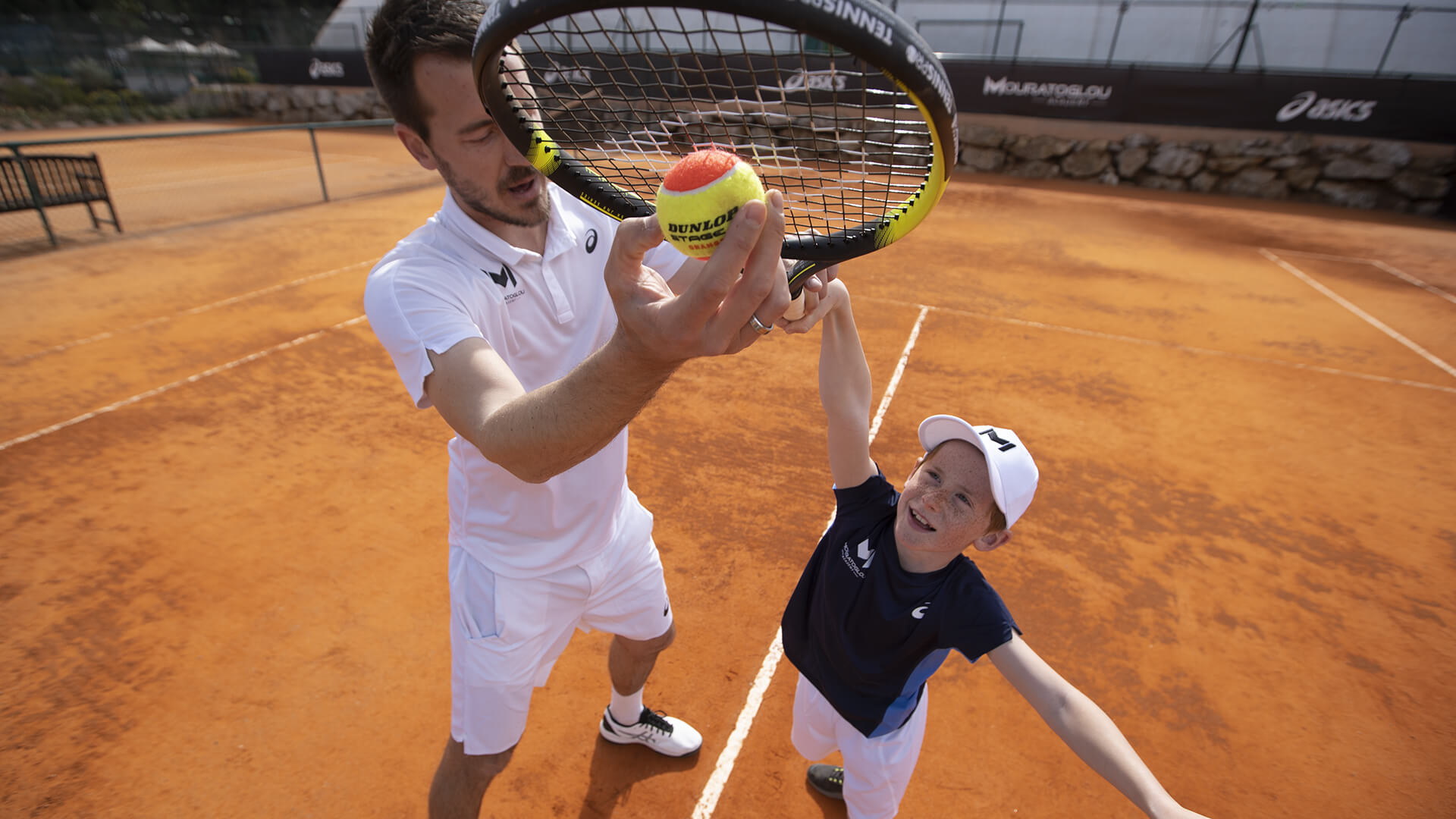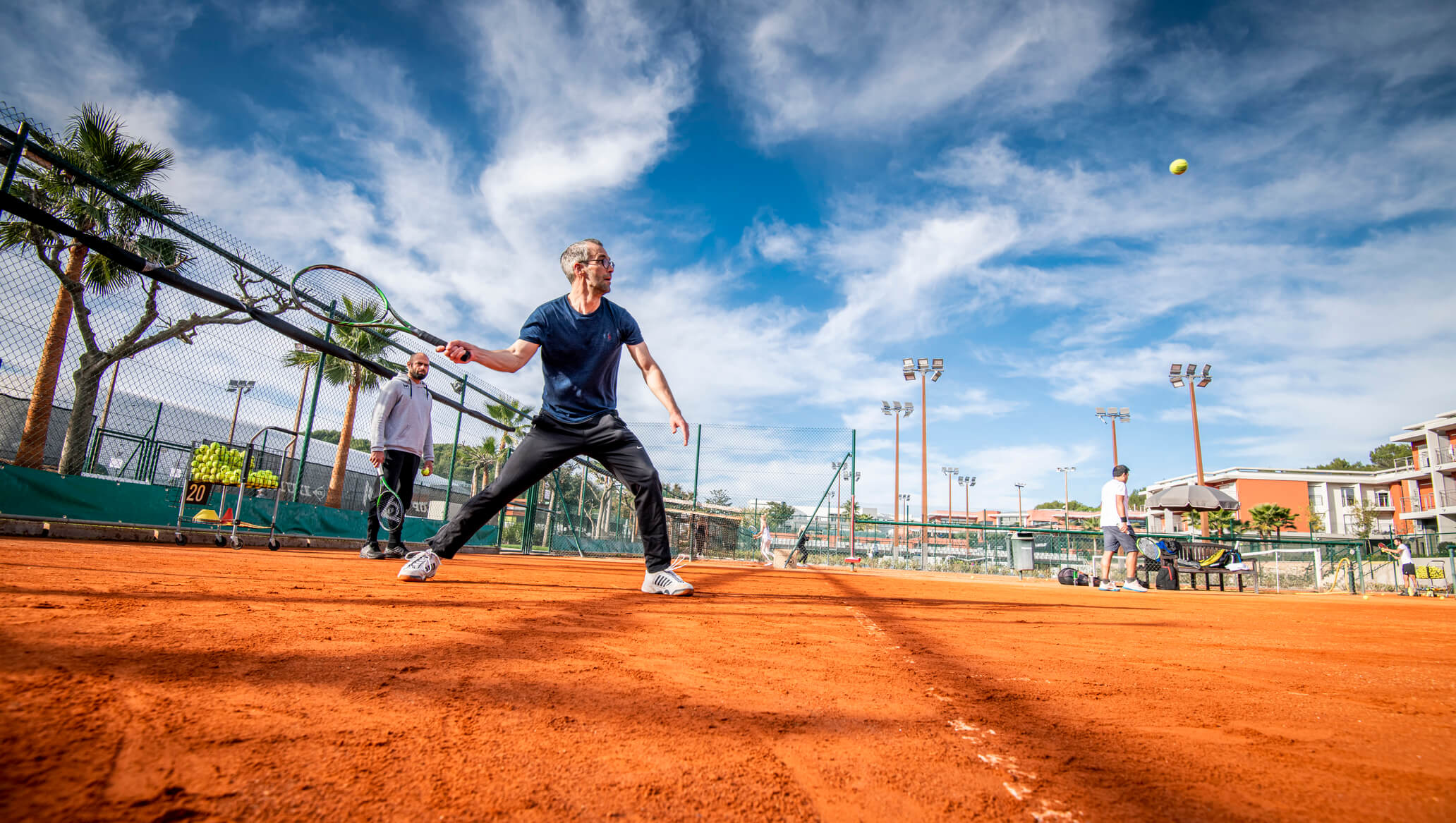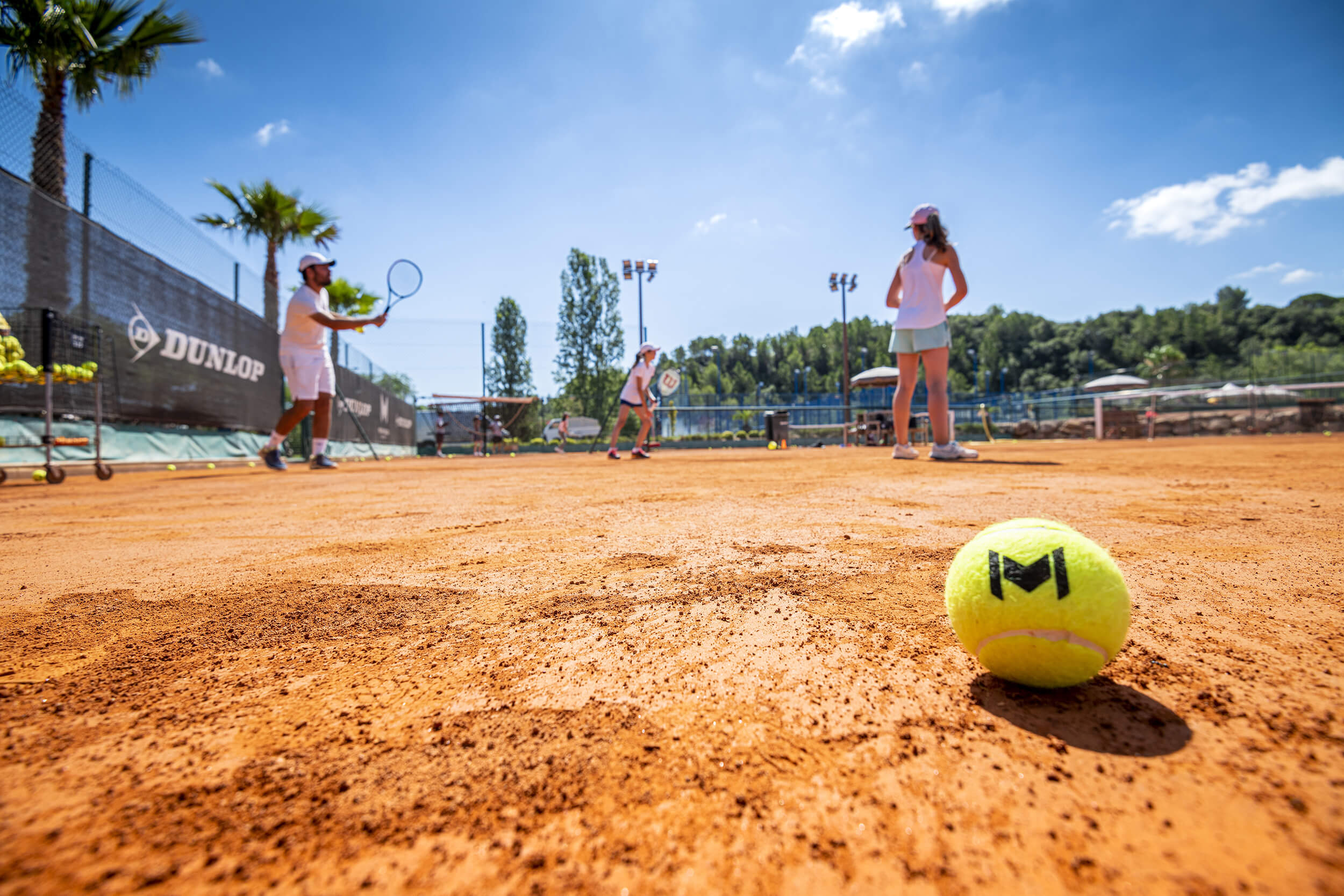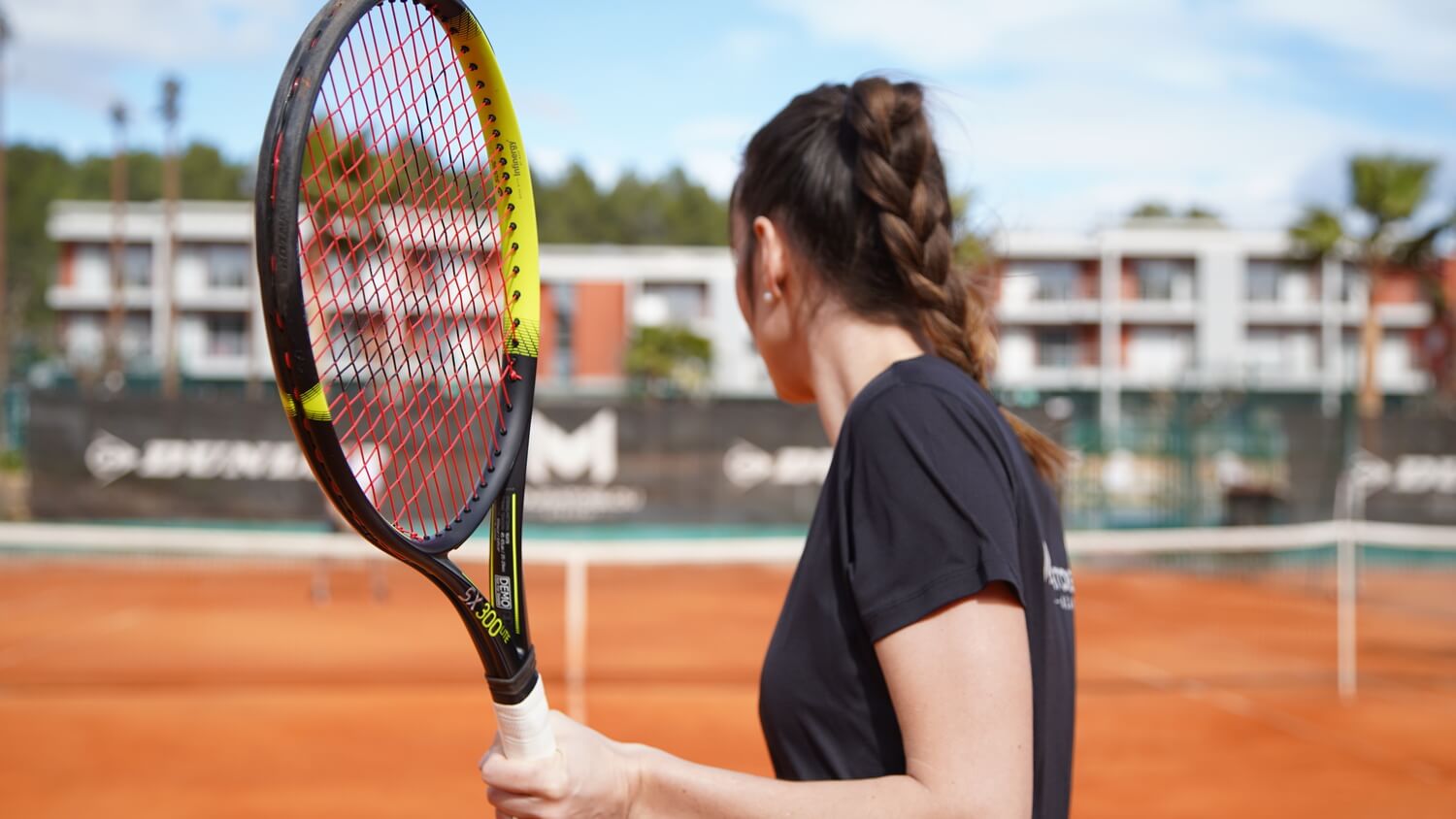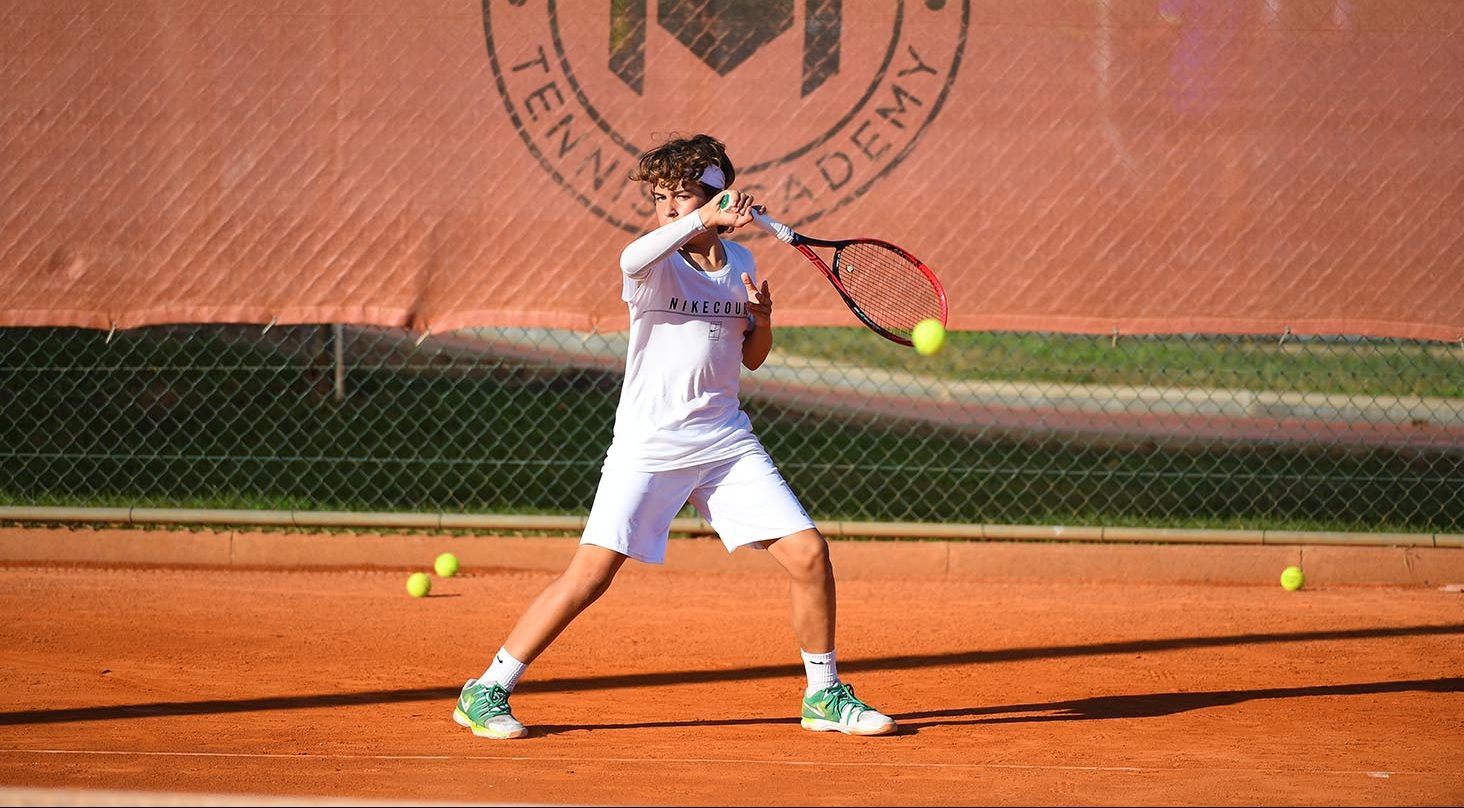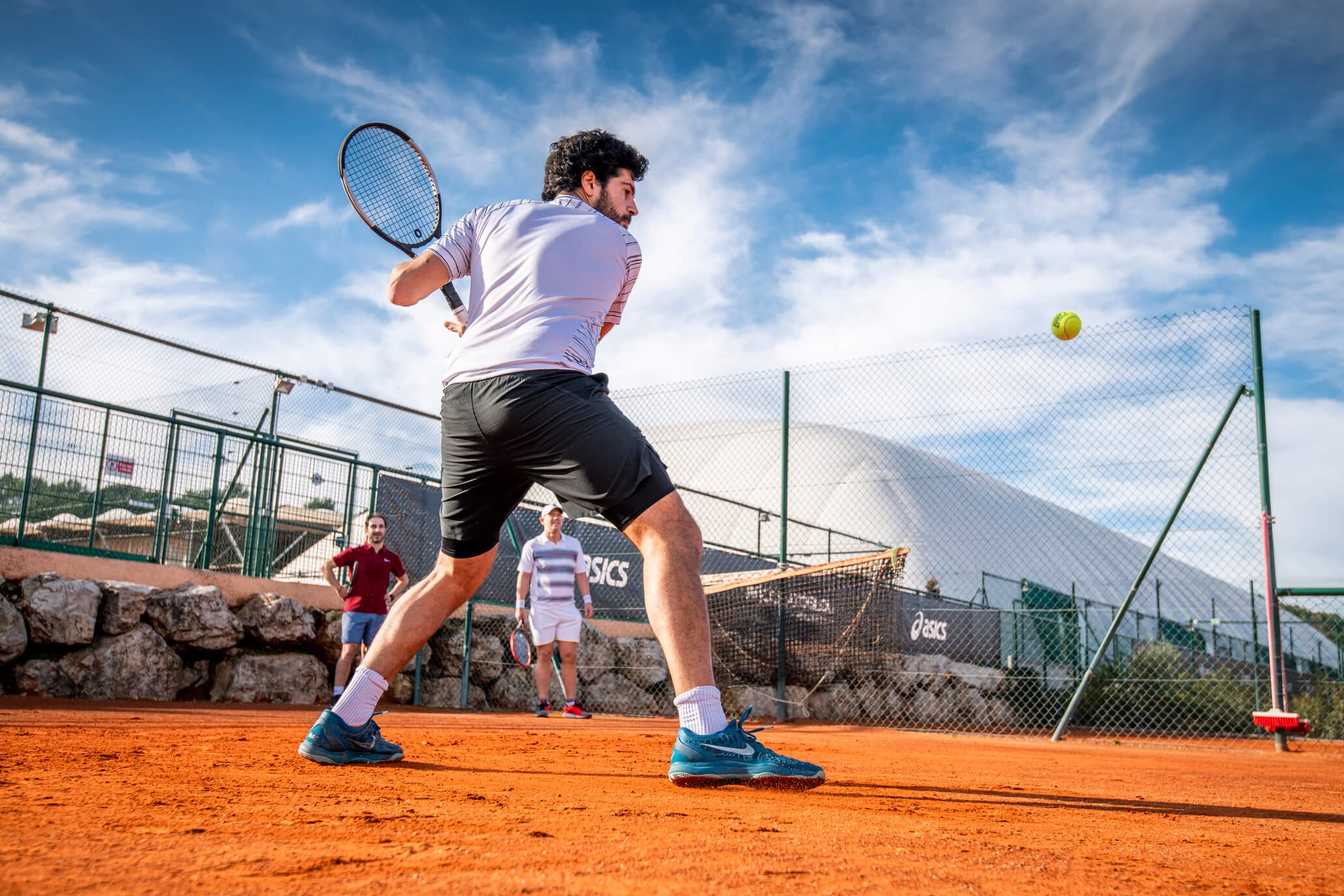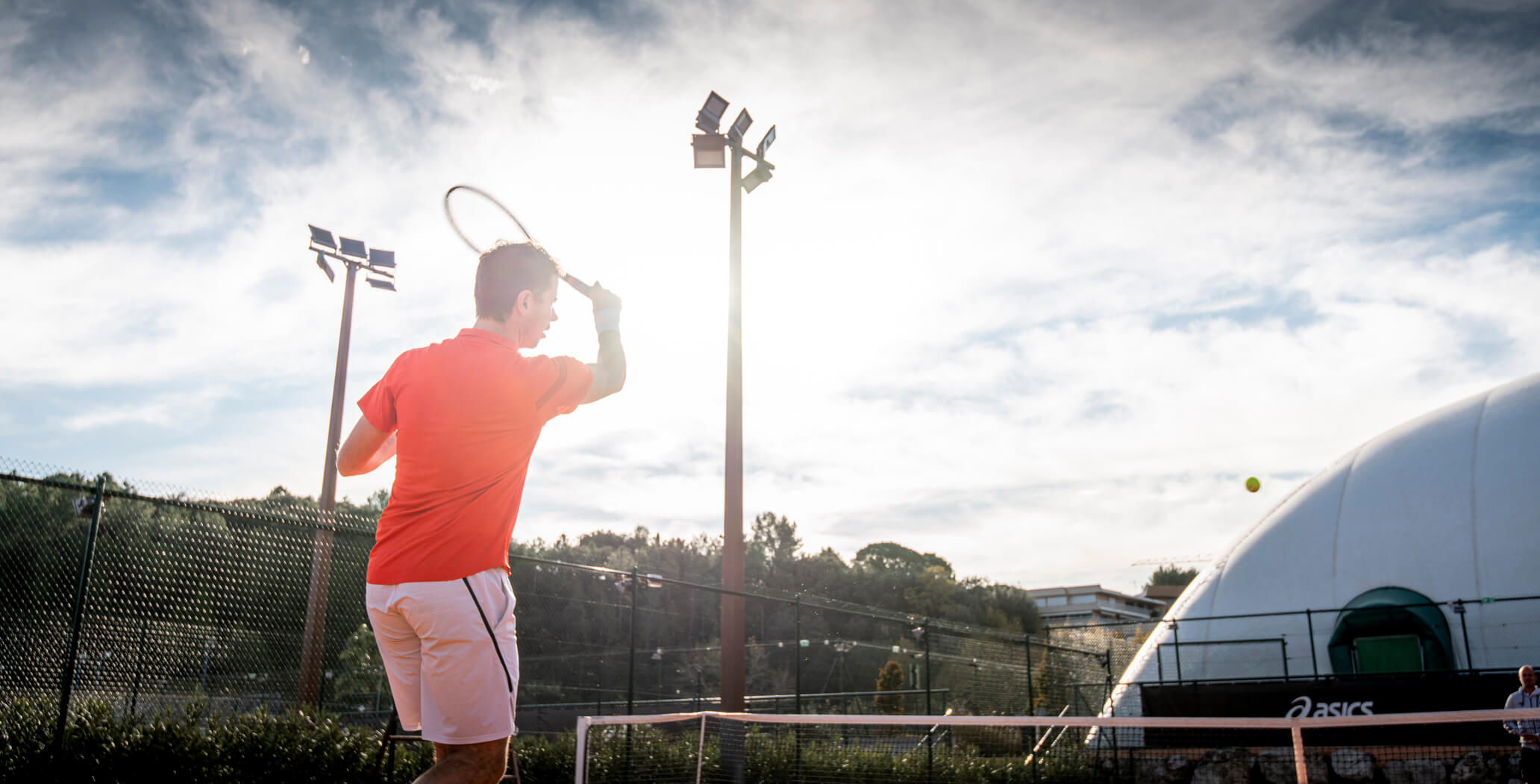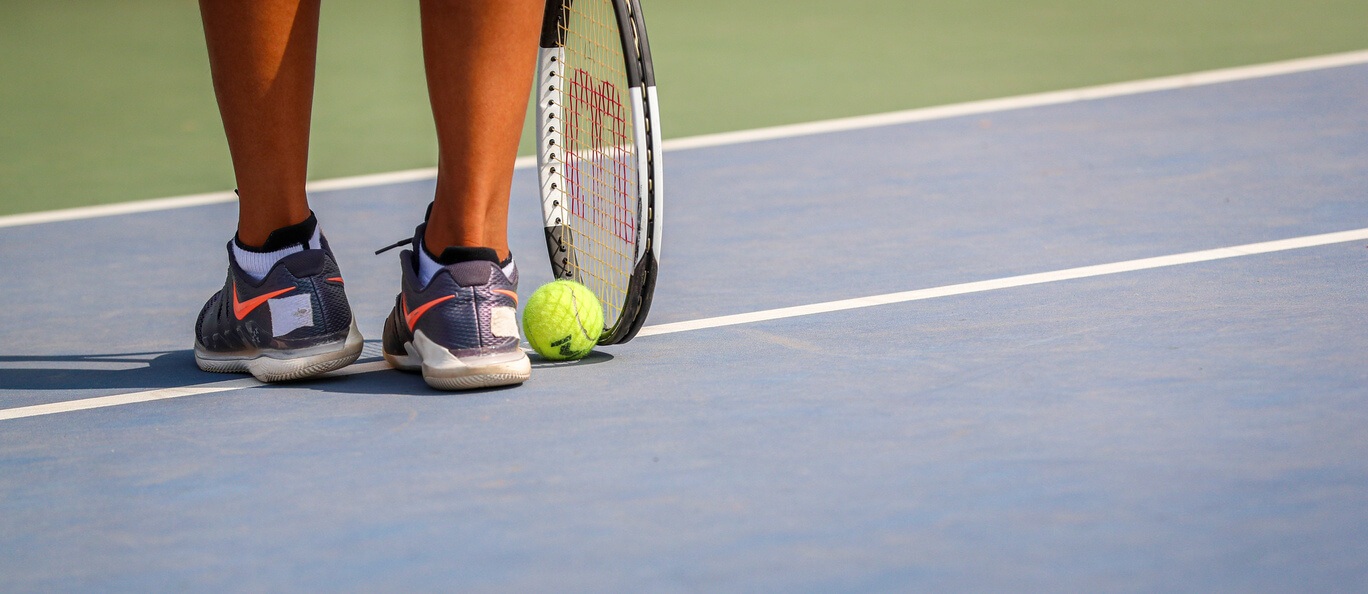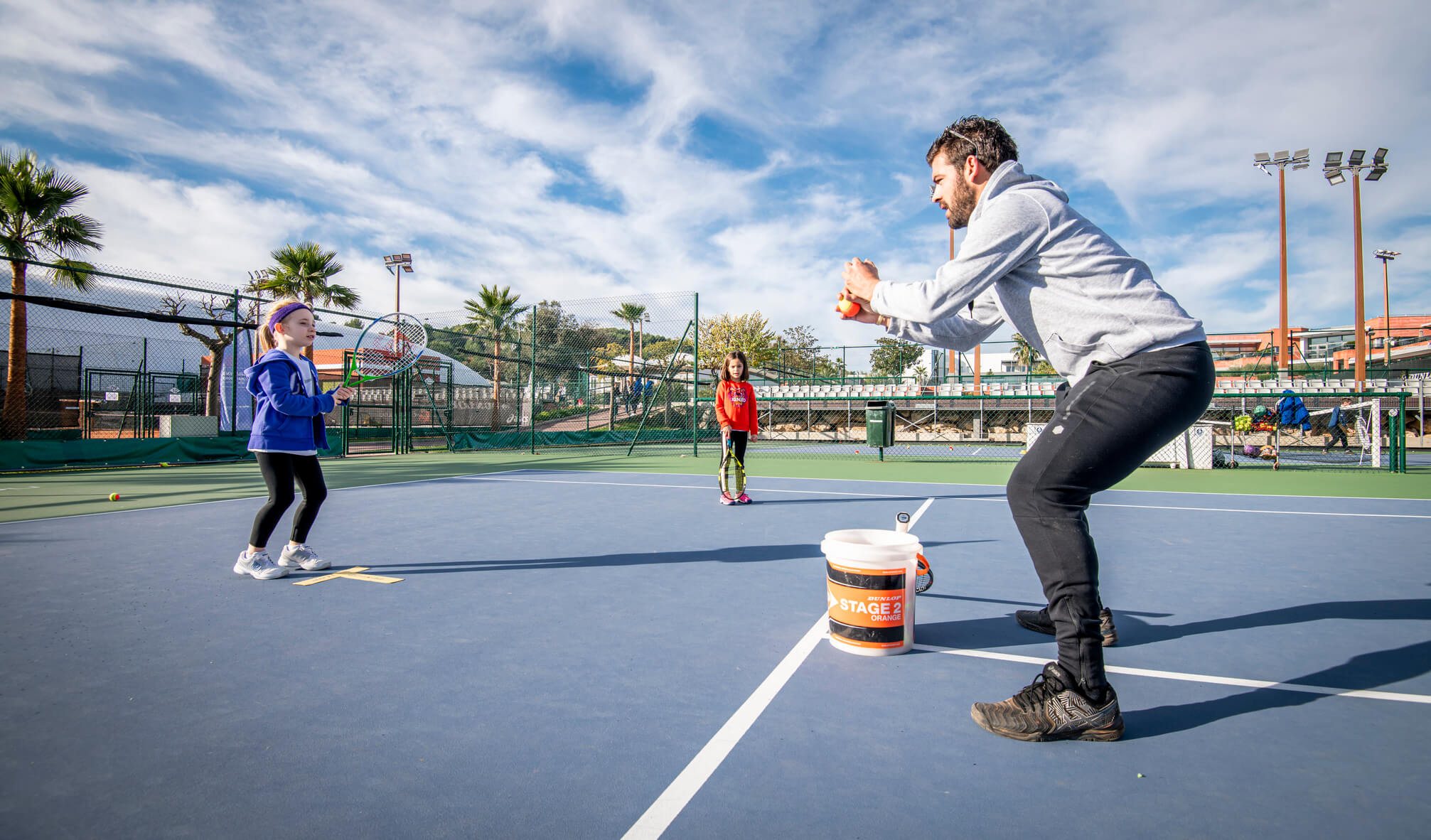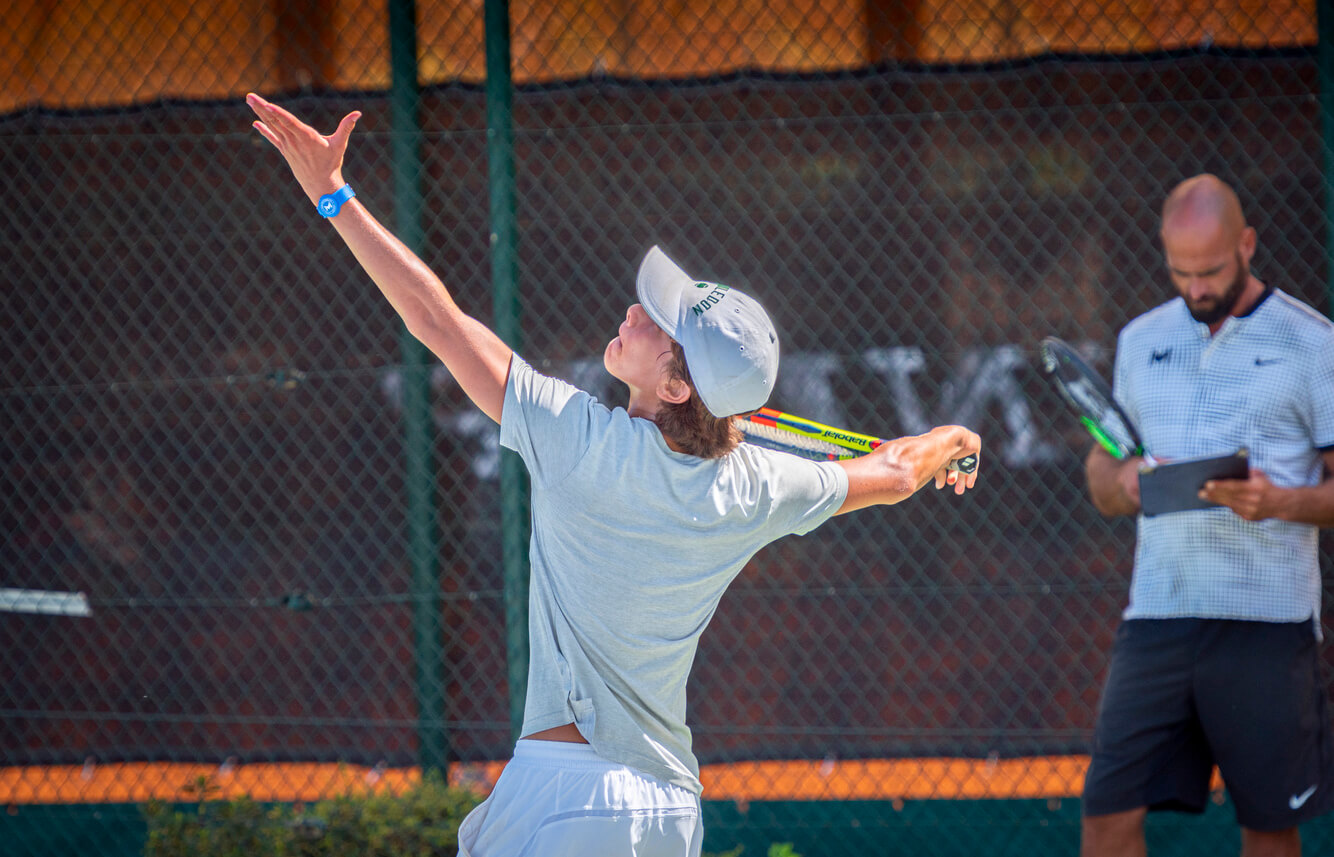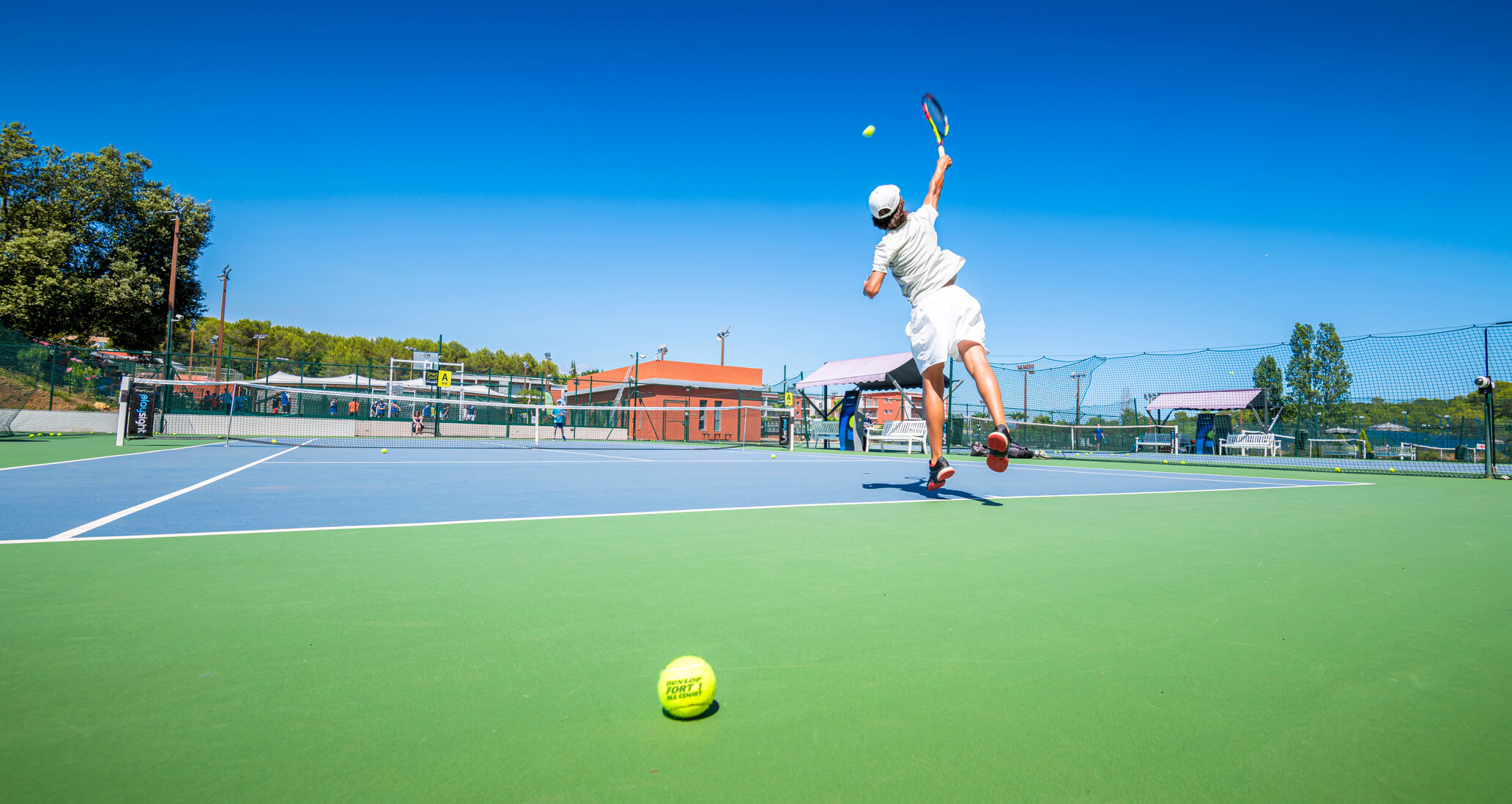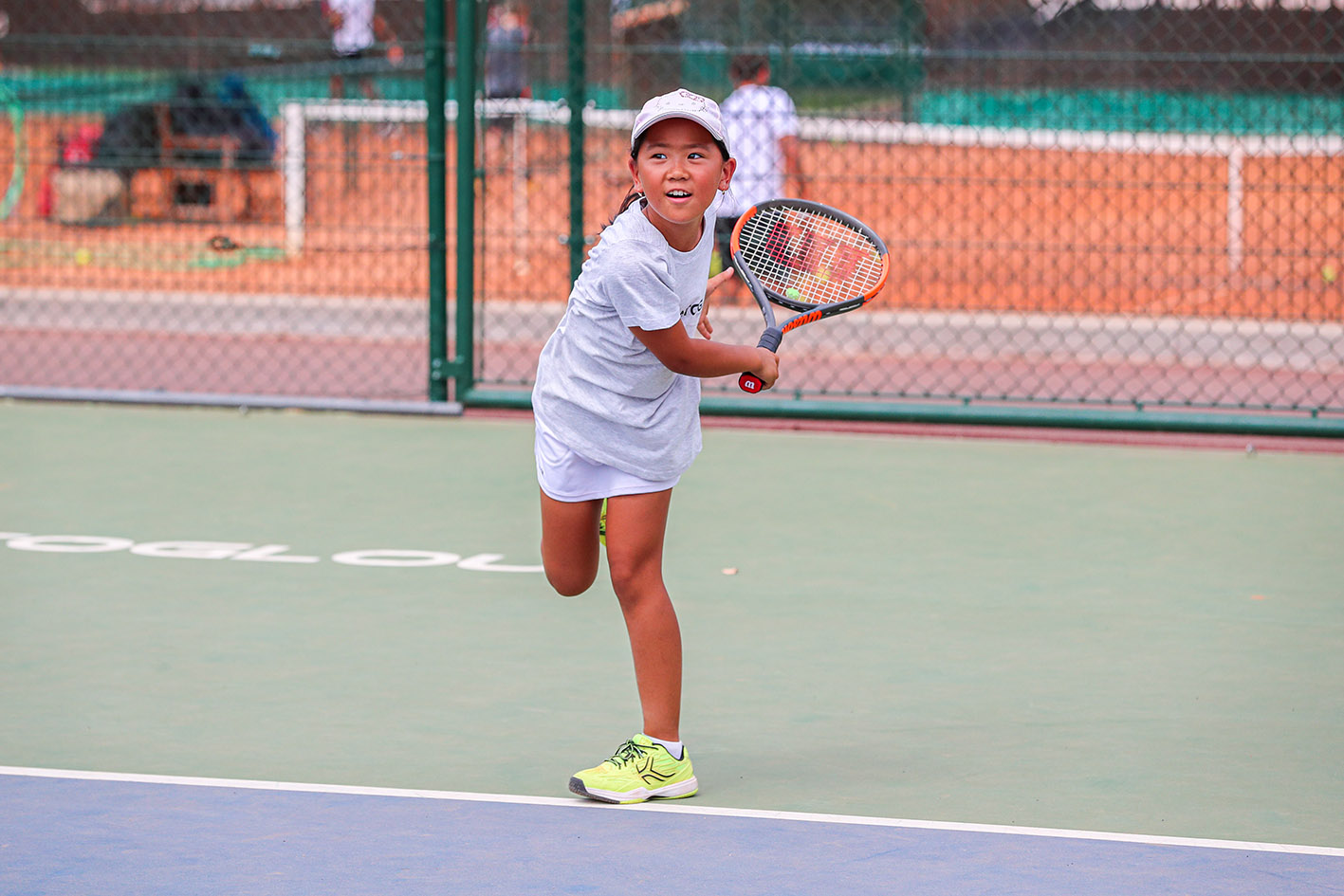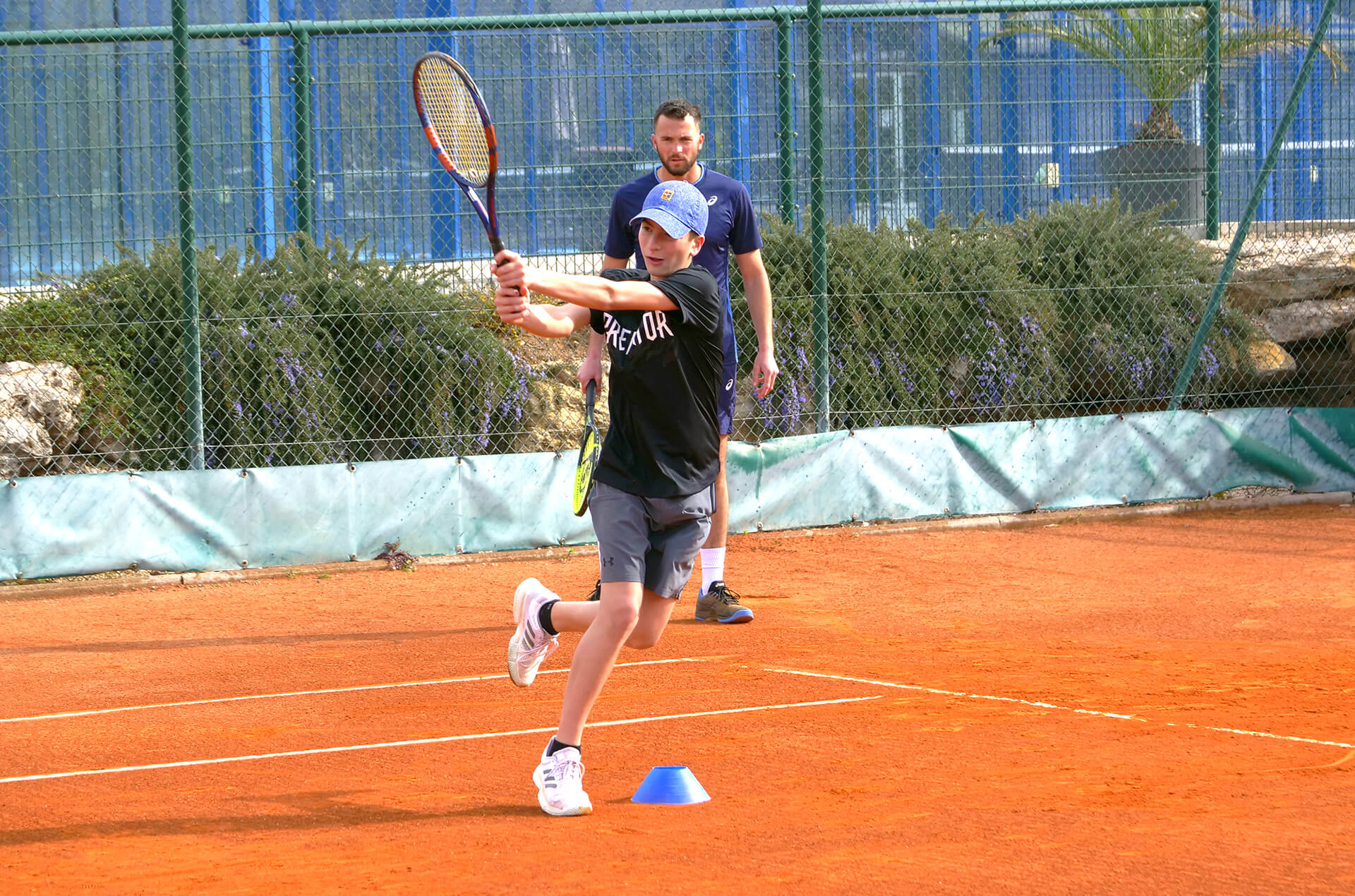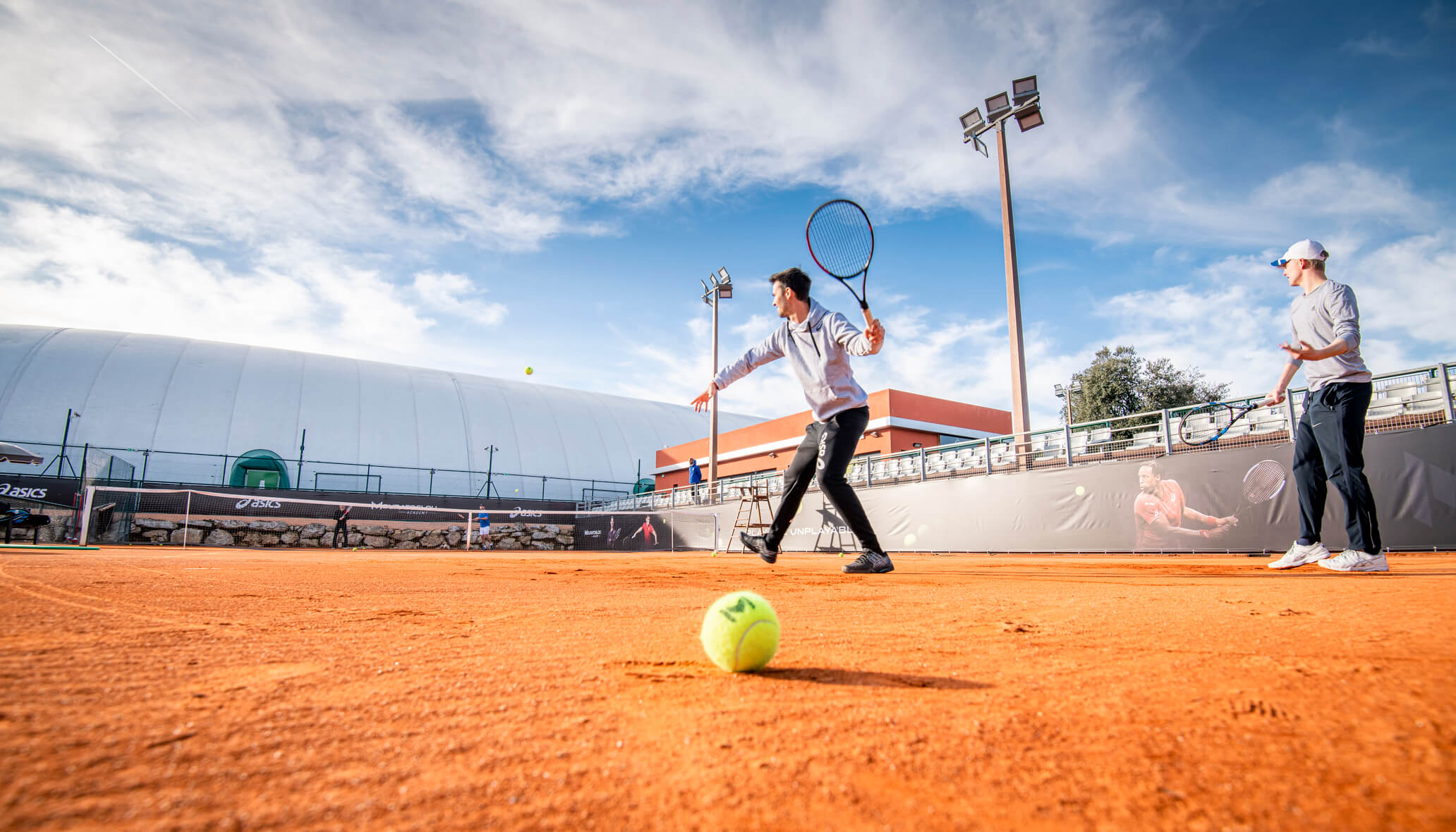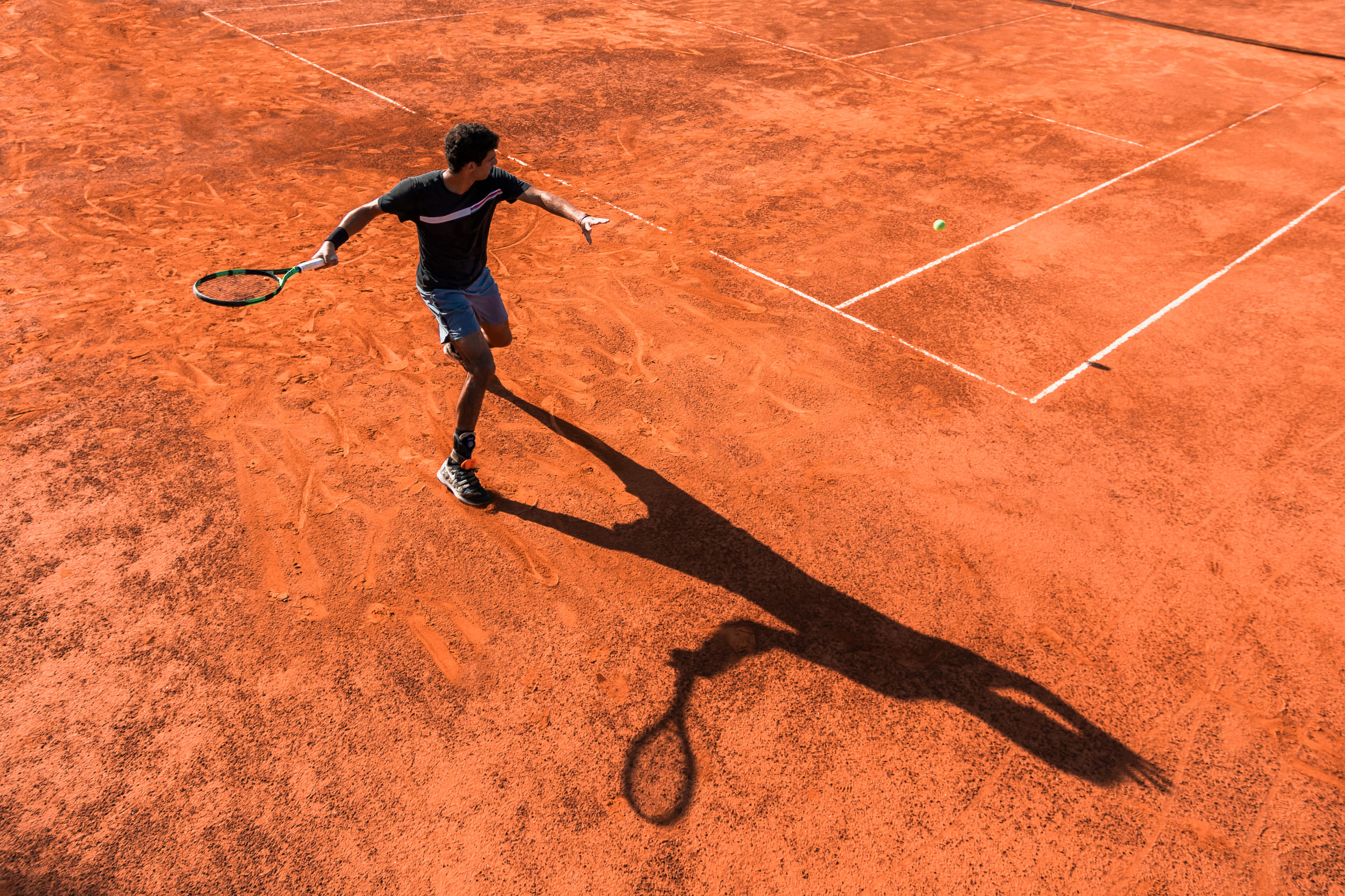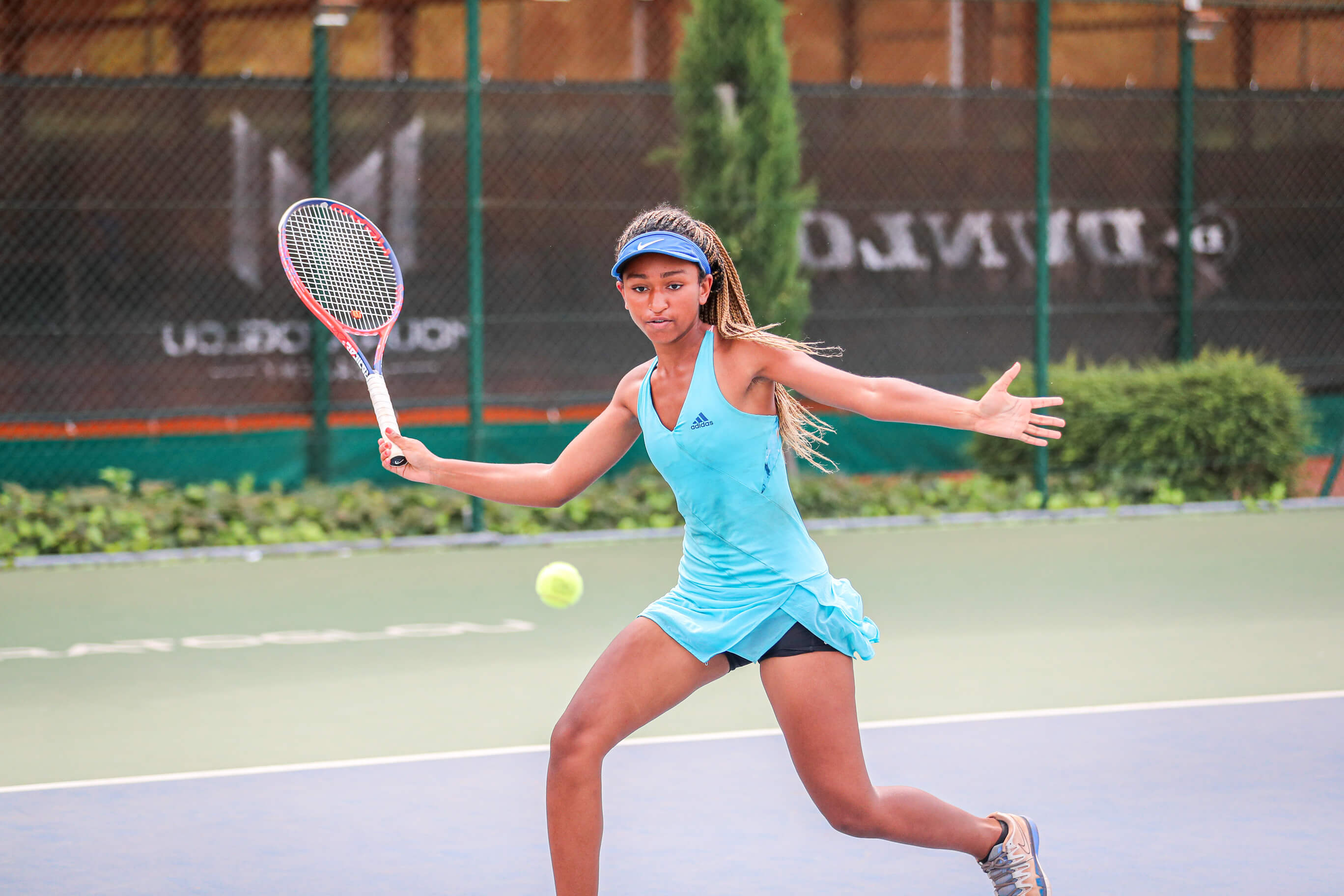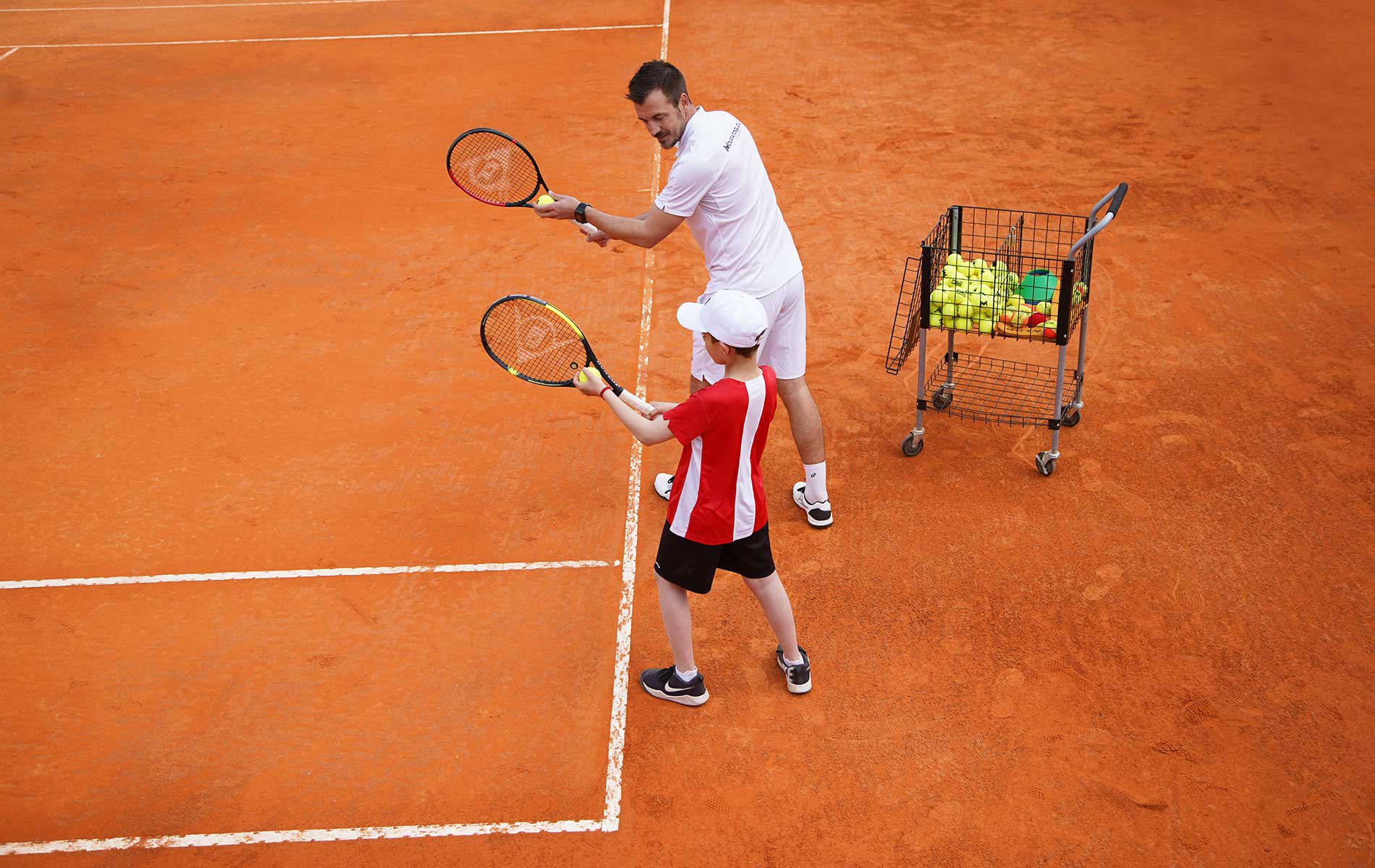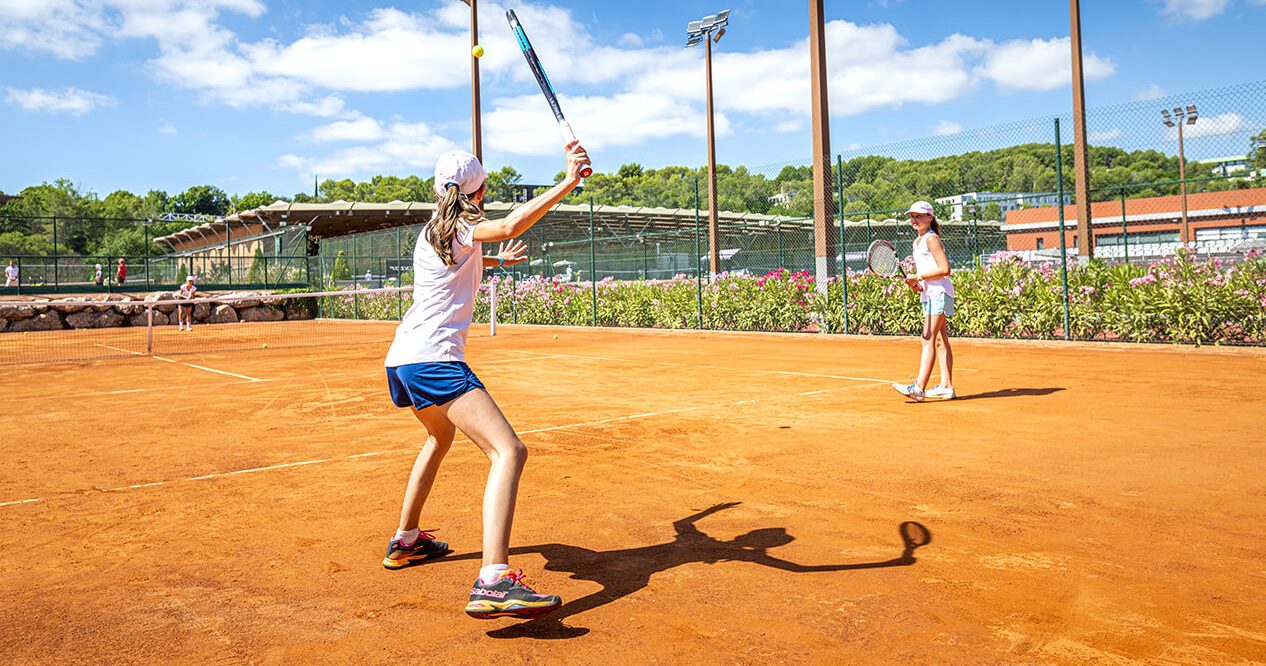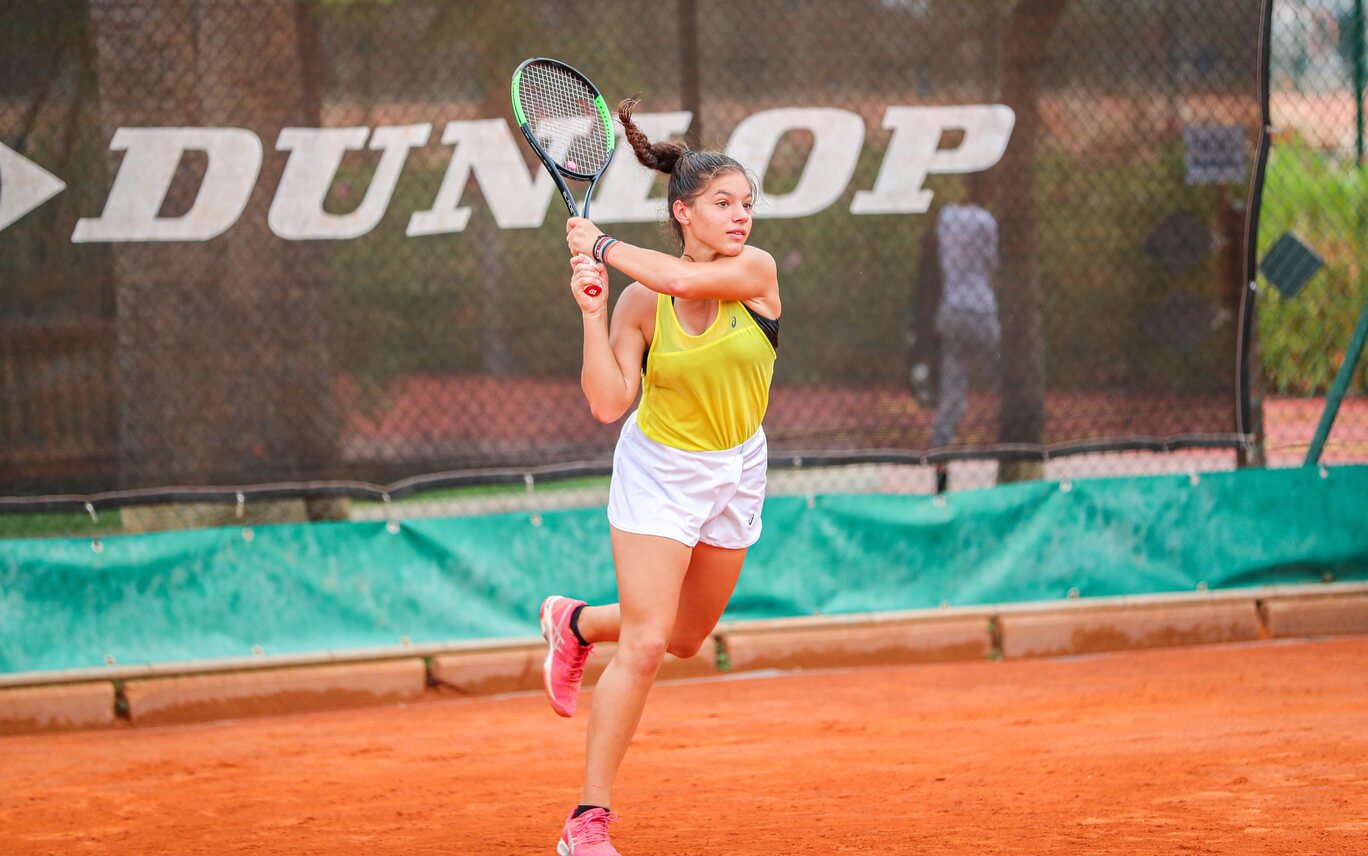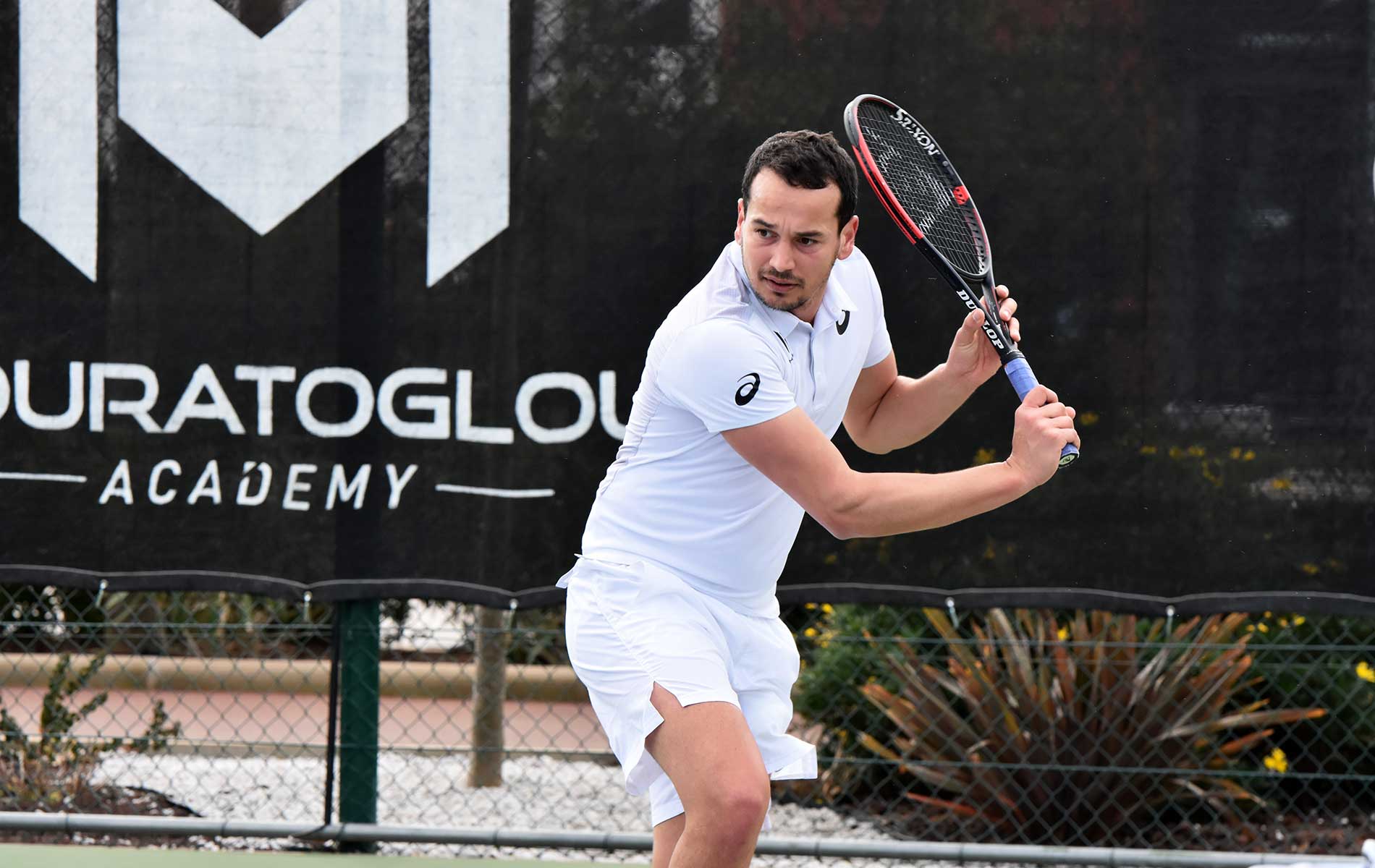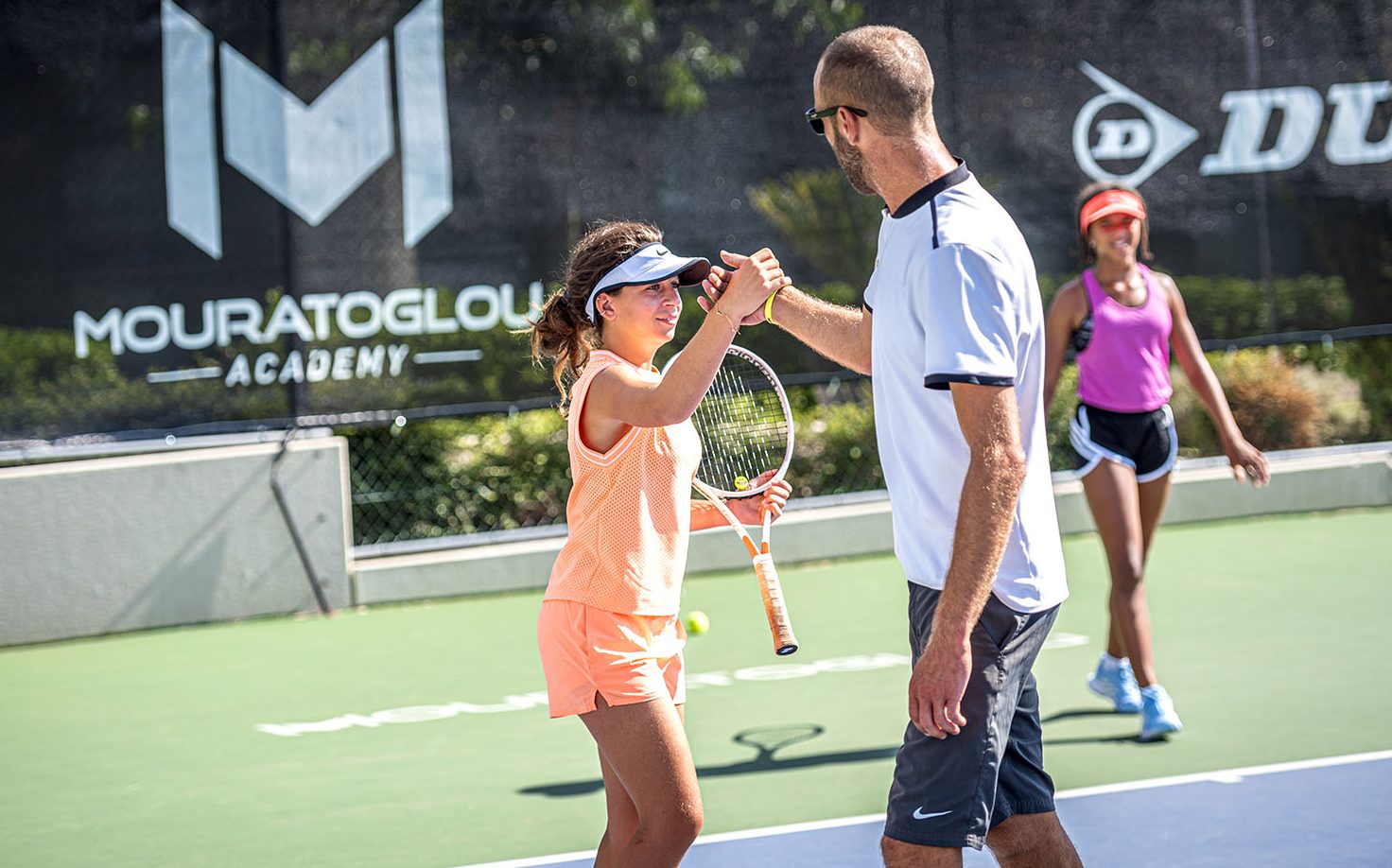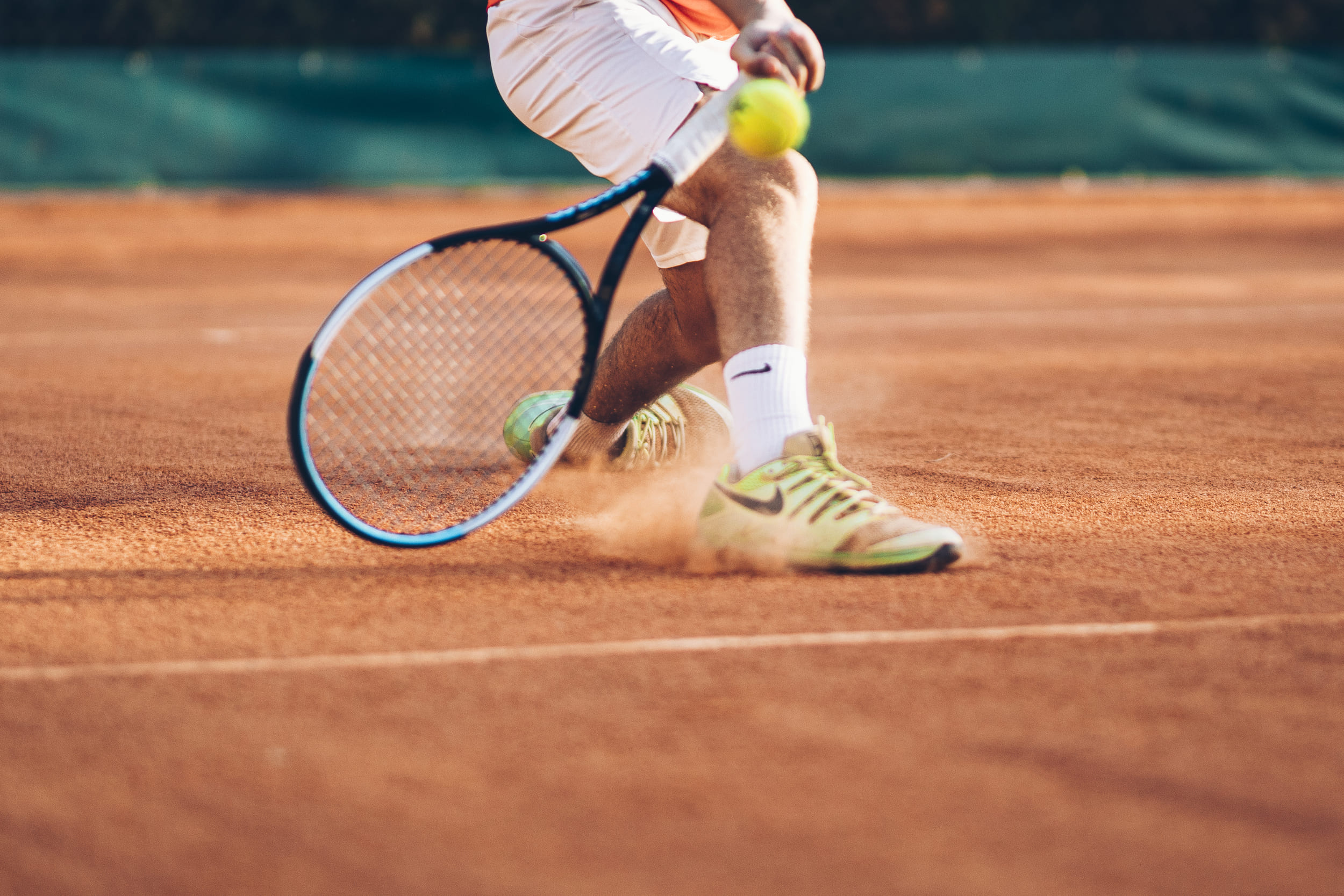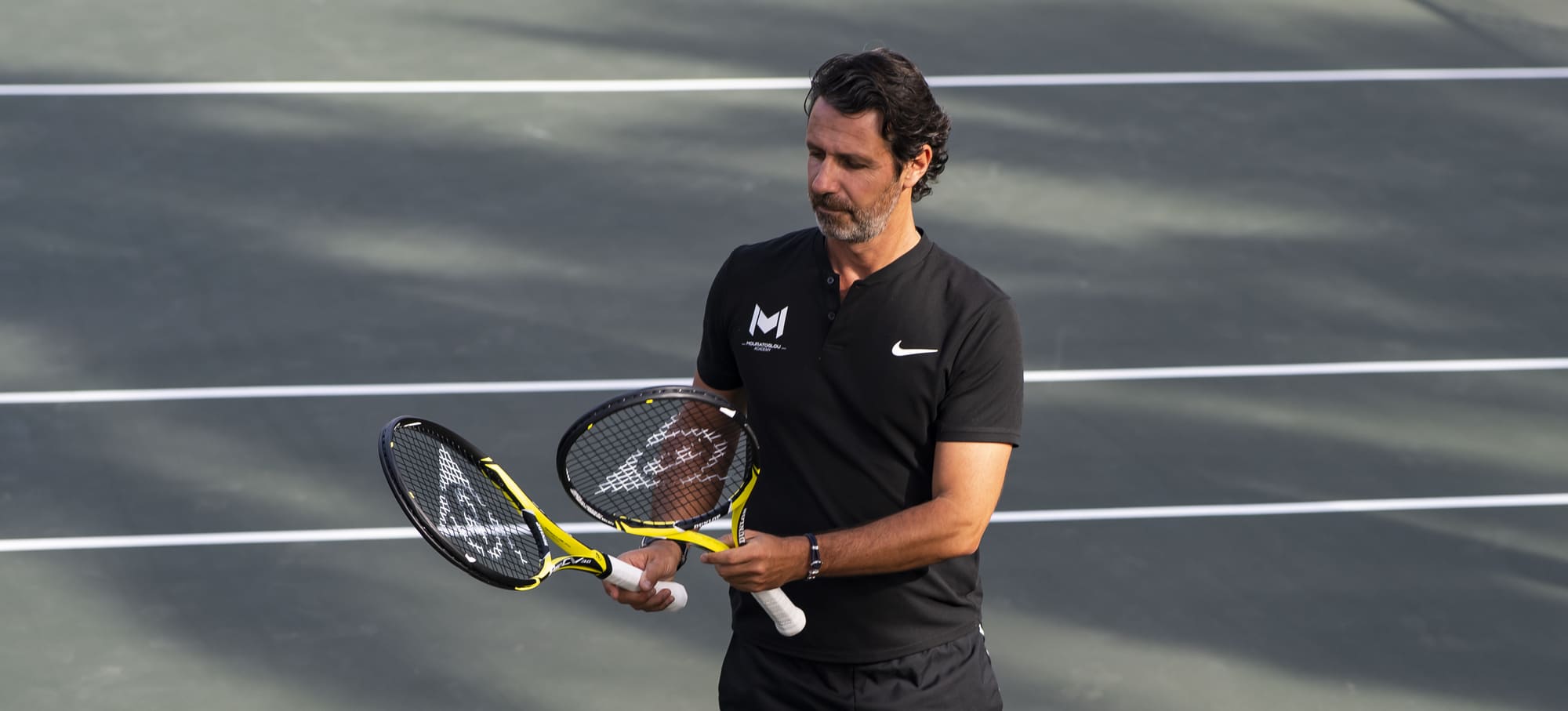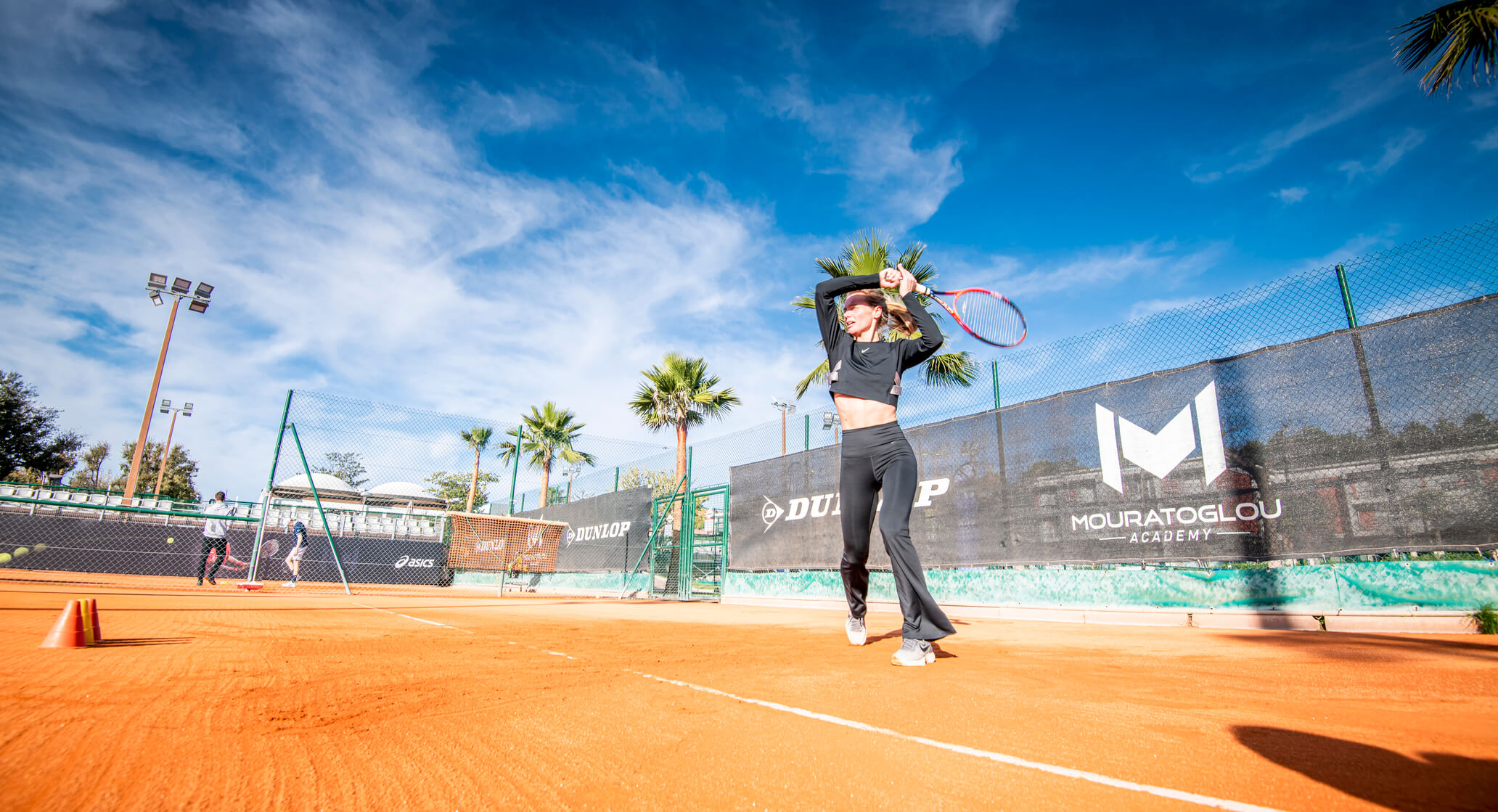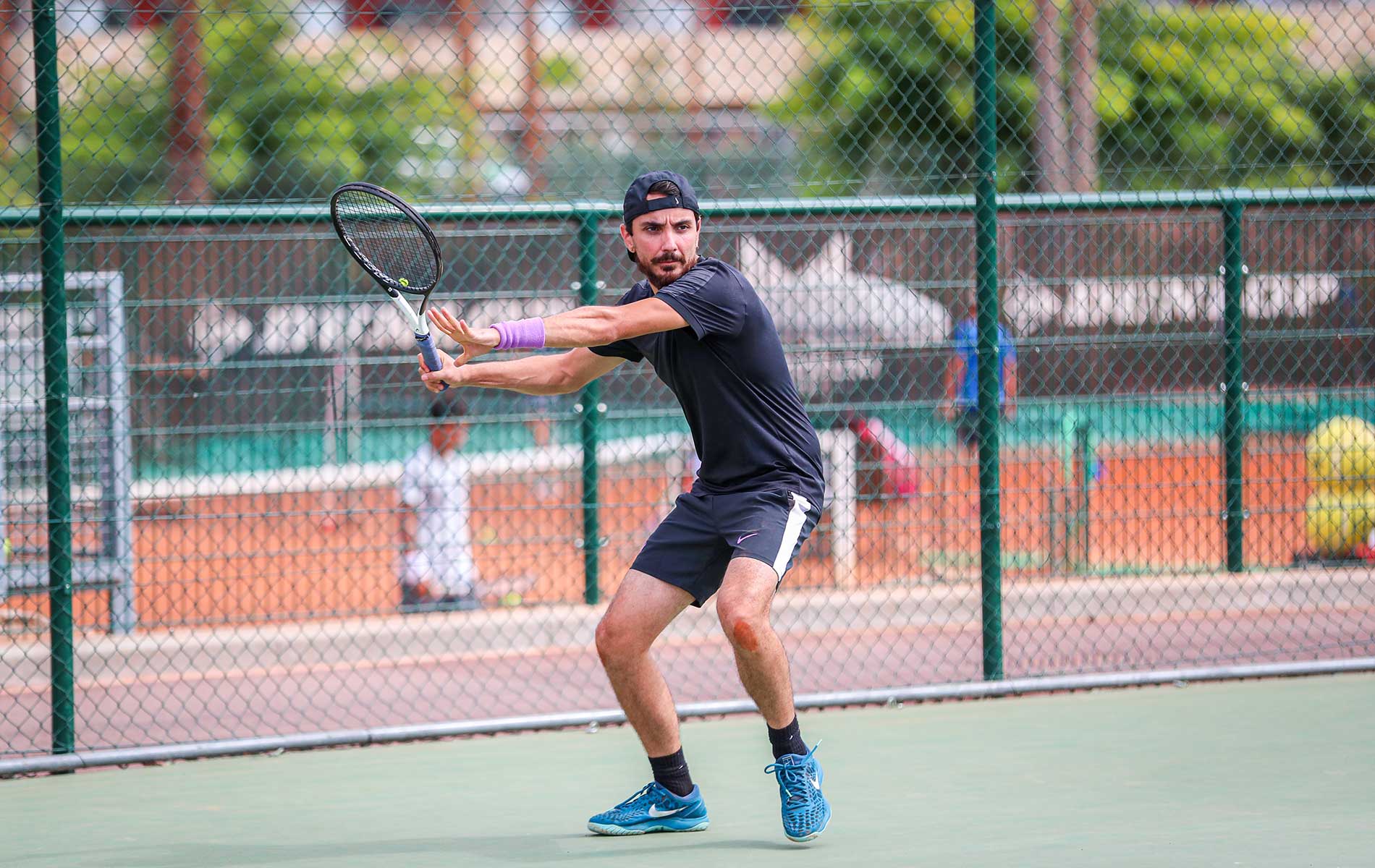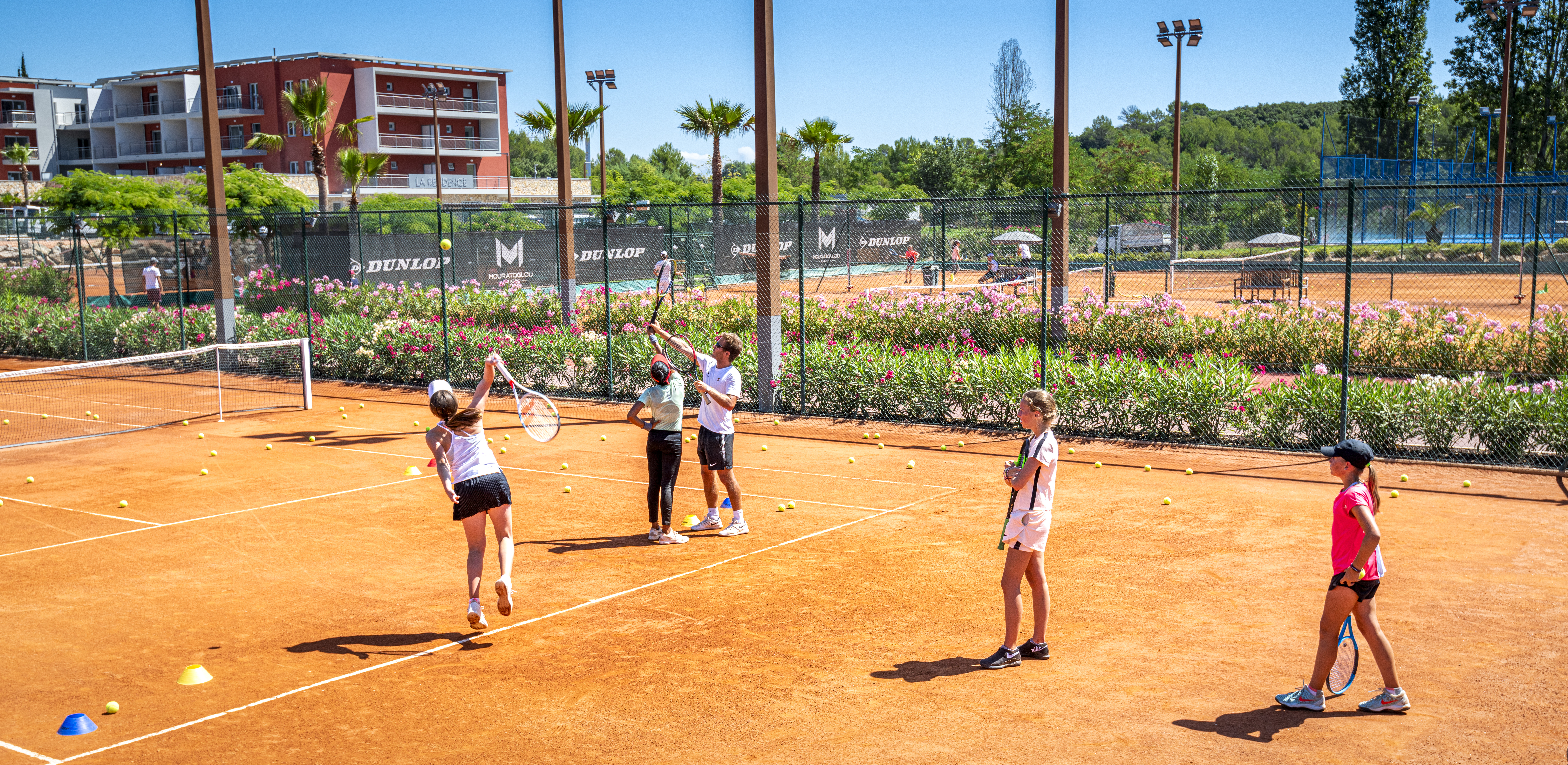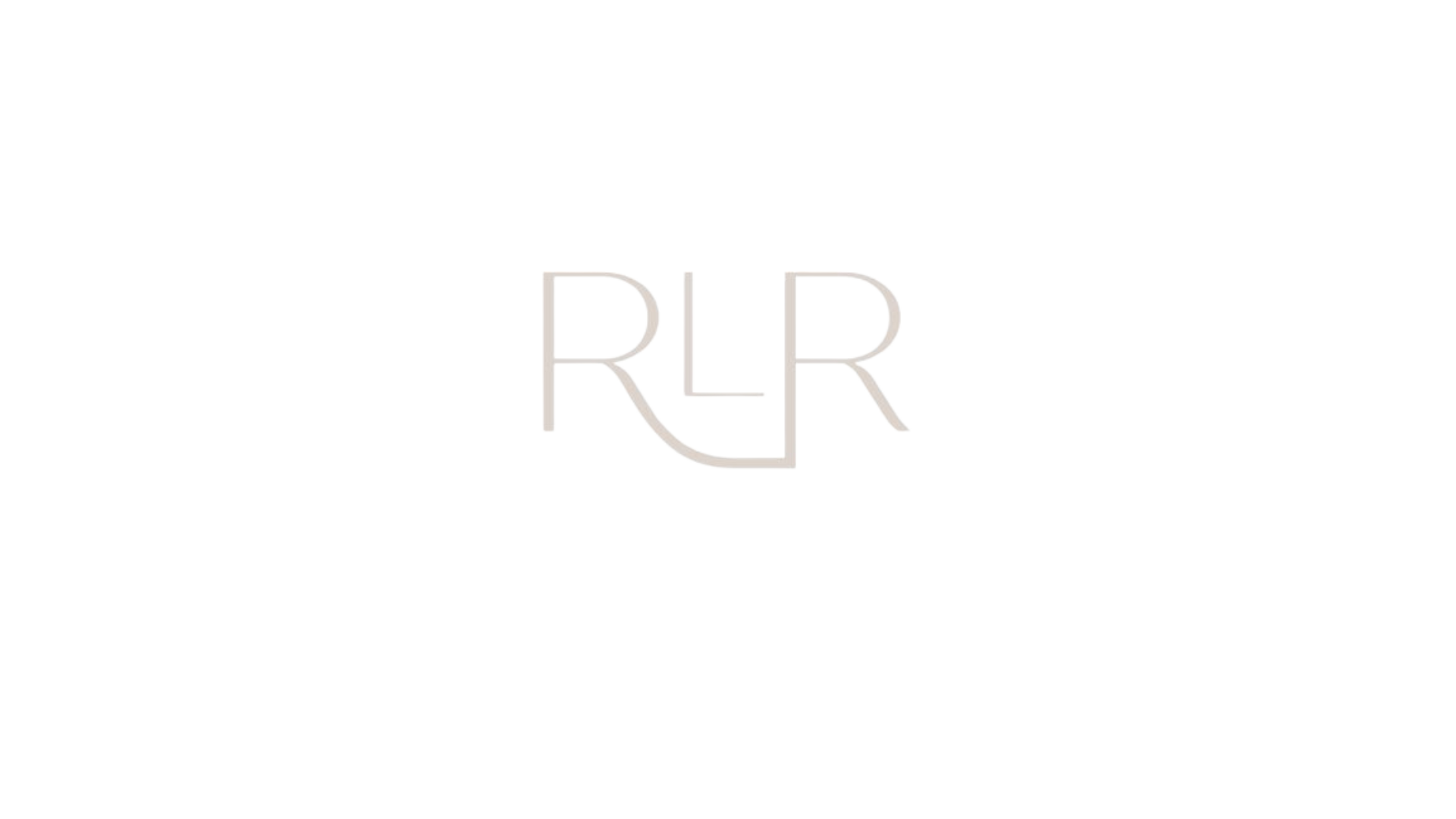Tips to beat an opponent to who always plays volleys
At all levels of tennis it can be difficult to play against a player who spends the whole match at the net. It can be a difficult match if we don’t know how to deal with it. In this article, we’ll look at how to play against someone playing service/volley and return/volley, who doesn’t go to the back of the court.
Here are some tips on how to win against this type of opponent:
Analyze how your opponent is playing at the net
First of all, you need to analyze as best you can the strengths and weaknesses of your opponent at the net.
Here are the things to look out for:
- Their forehand volley (low, medium, high)
- Their backhand volley (low, medium, high)
- Their smash
- Their position
- Where they play their services and returns
Here are some first pointers based on what you can see:
- If your opponent is not comfortable on one side of the court, you should make them play their volleys on that side.
- If the player struggles to open their grip and their strings for a low volley (most of the balls will end up in the net), try and make him play low volleys near their feet.
- If the player comes very close to the net when they can, or their smash isn’t great, try and play a lot of lobs.
- Always surprise them of service and return. Don’t hesitate to change areas of the court, if they are always playing from the same position it’s too easy for them.
- Test their reflexes. Don’t hesitate to take advantage of a tired player. It’s often very effective.
The position and the timing of the strike
Your positioning is going to be very important. Here are some tips:
- Stay close to the baseline!
It’s very important not to move too far back. The further you are the more time your opponent will have to come up adjust their volleys. Inversely, the closer you are to your opponent the less time they’ll have to organize themselves. Whatsmore the further you are the smaller angle you’ll have to adjust your passing shot. - Strike the ball as it’s coming up (when possible). Staying close to the line will help you hit the ball earlier and make impact higher. This will give you a larger angle to hit past the opponent.
- If the player comes very close to the net when they can, or their smash isn’t great, try and play a lot of lobs.
- Move forward if you are able to hit a difficult low ball to your opponent. Your opponent will not be ready and probably hit the ball short. If your opponent is close to the net, they may opt for a drop volley, so it’s important to move forward after a good shot when you’re behind the baseline.
Areas of play
In this section we’re going to look at two ways to respond to a volleyer:
- Single passing shot
Three criteria (all to meet or not depending on your ability and how you feel) : if your opponent has a good volley, is close to the net and you’re not in a bad position.
The passing shout should be aggressive with the aim of scoring a quick point. It’s important not to be intimidated by your opponent or show them you if you are, if so, they will be too comfortable at the net. If they are covering the court well (angle theory) you should be hitting crossed. If they are staying central you have more space to hit it down the line. - Two passing shots
The same criteria apply but the other way around.
If your opponent does not have a very dangerous volley, if they are far enough from the net and/or if the situation is unfavorable, it’s best to use two passing shots. We can also add another criteria: if you don’t have an angle! In other words, if the opponent played in a central area.
The idea is to try and win the point with two shots, the first being a difficult low ball for the opponent and the second to finish the point.
In terms of area of play, the first shot should be relatively short and central to not give your opponent an angle. Use lift to keep the ball traveling after the net, or a flat shot to keep the ball low.
For the second passing shot, we have the same goal as the one-shot technique, win the point!
This technique should be used if the opponent doesn’t have a dangerous volley. You should force your opponent to play the first volley for all points. - Lob
Another effective solution is the lob. You need to analyze to factors: the quality of your opponent’s smash and their position. Don’t hesitate to use a lob if your opponent’s smash is not up to par, or if they are coming close to the net whenever they can or and aren’t returning to their normal stance.There are two types of lob:A defensive flat lob:
When you’re in a very bad situation, the aim is to rebalance the scales so you can get in a better situation. Don’t hesitate to lob very high and far to destabilize your opponent. Too often, players won’t use the lob and this makes it easy for your opponent to perform a smash and if they have a good smash you’ll lose the point. It’s better to do a few bad lobs and destabilize your opponent.Lob with lift:
To be used in a not too bad a situation. This stroke must be made with the intention of winning the point. The lob will have to be very high and long to make it difficult for your opponent. Also, try to disguise it so that your opponent does not see it coming.
All these tips should be adapted to your abilities. Never forget, OBSERVATION is important.





